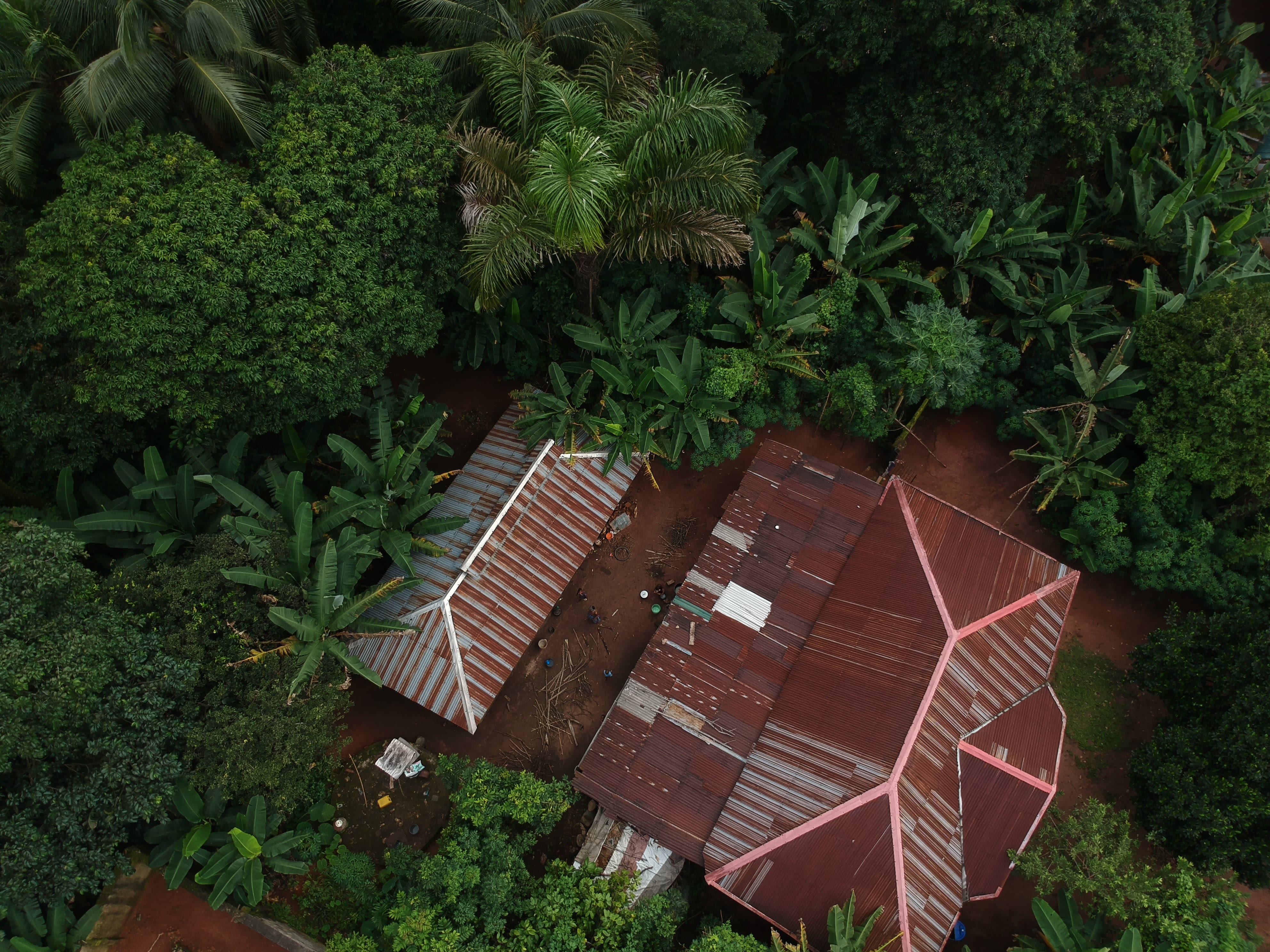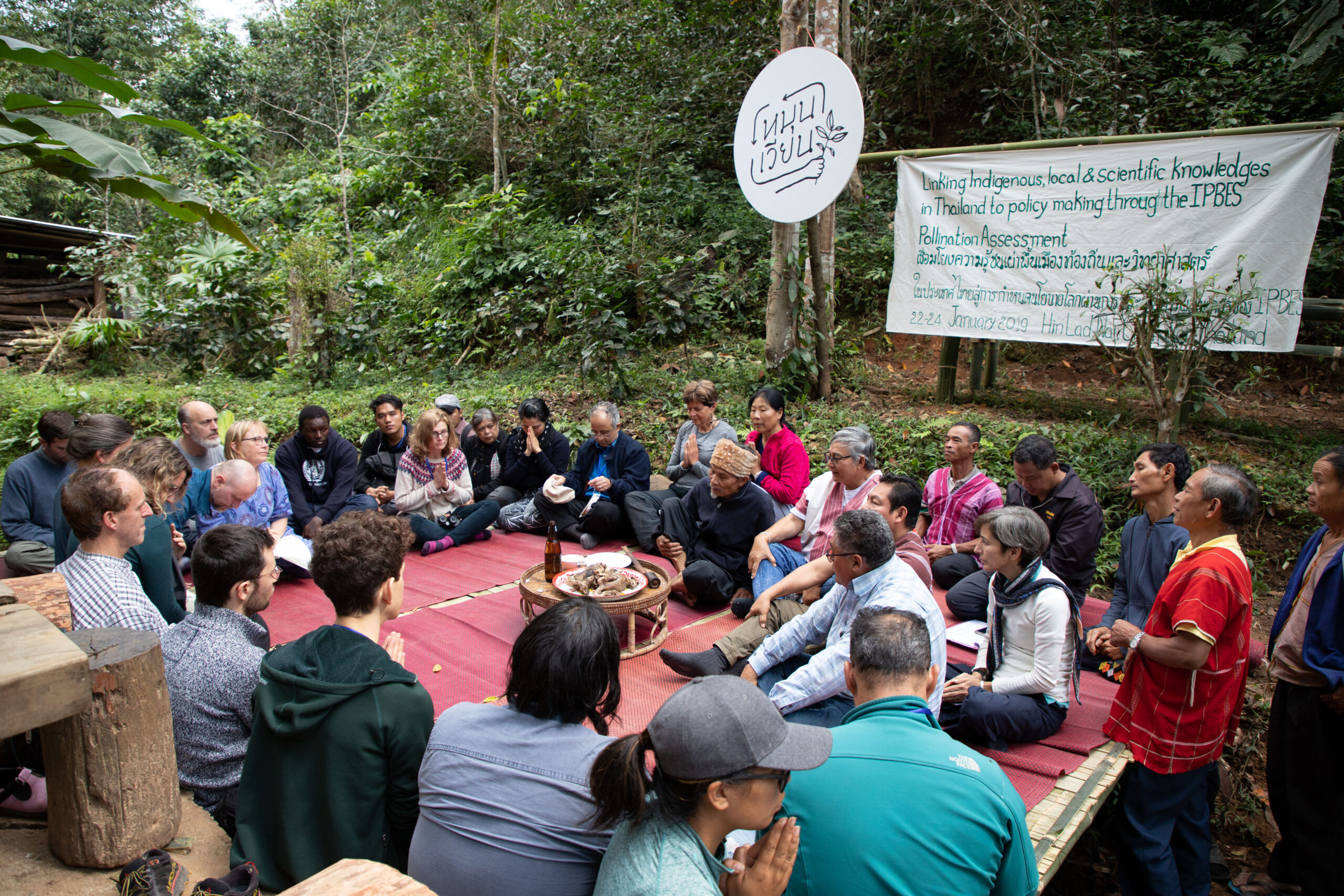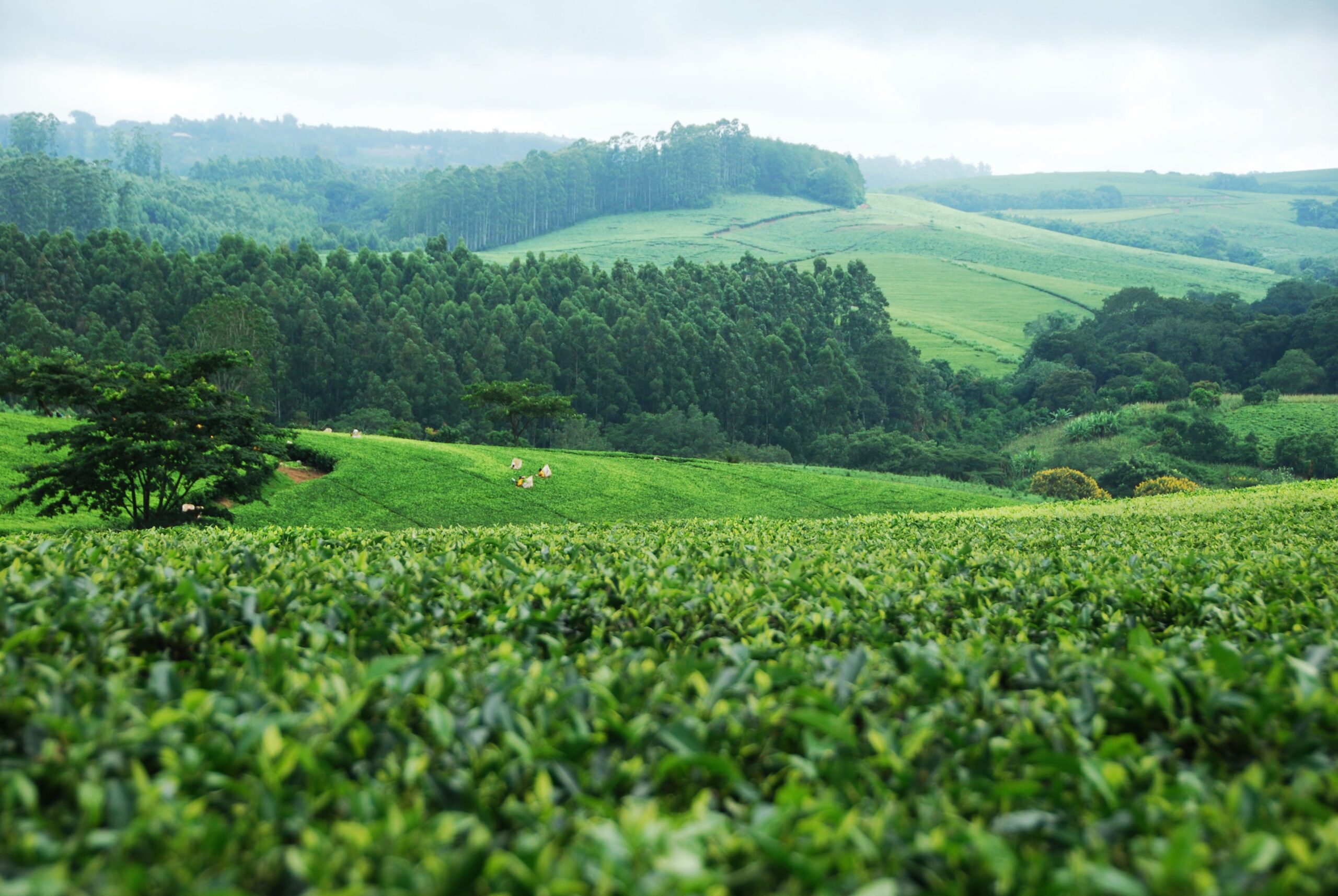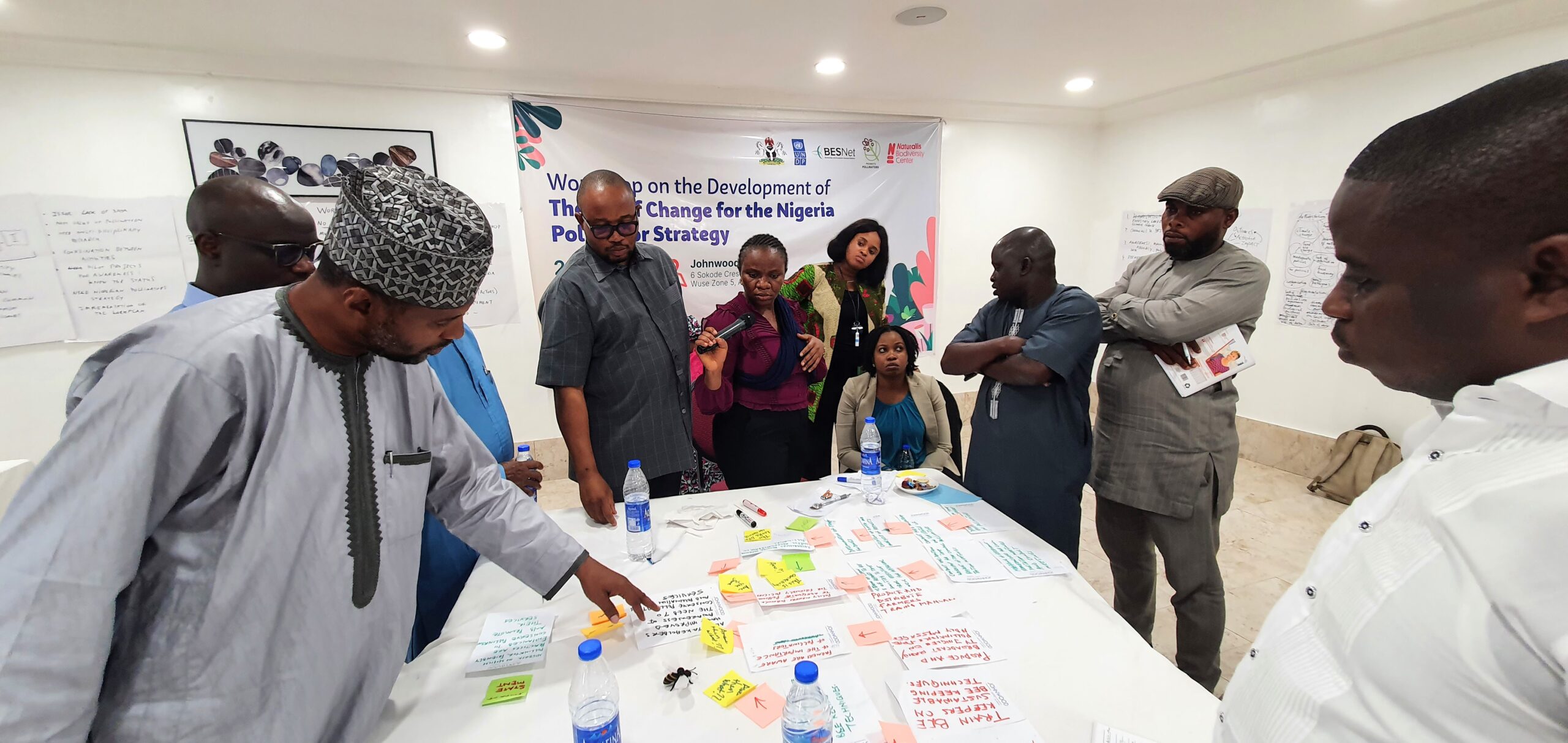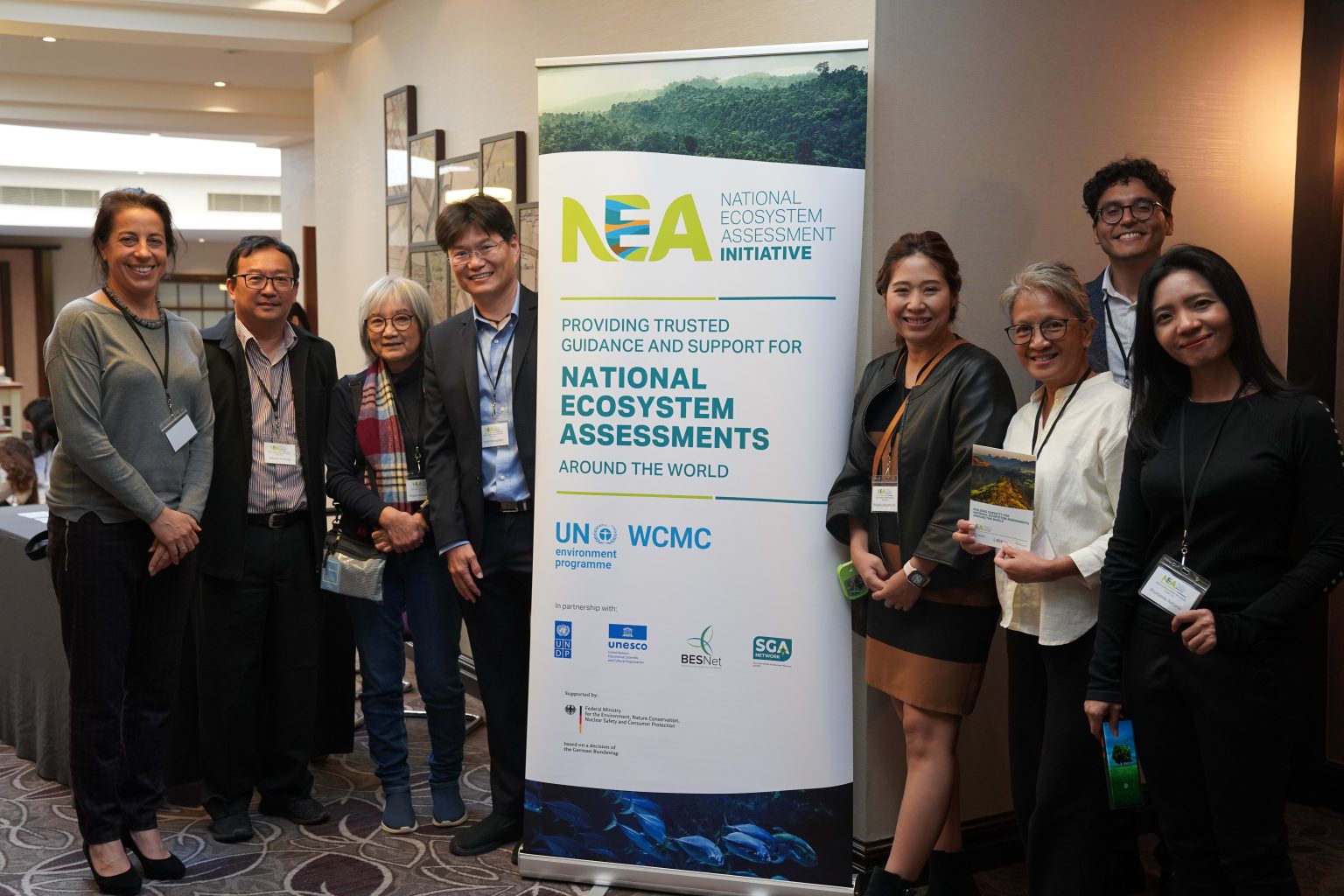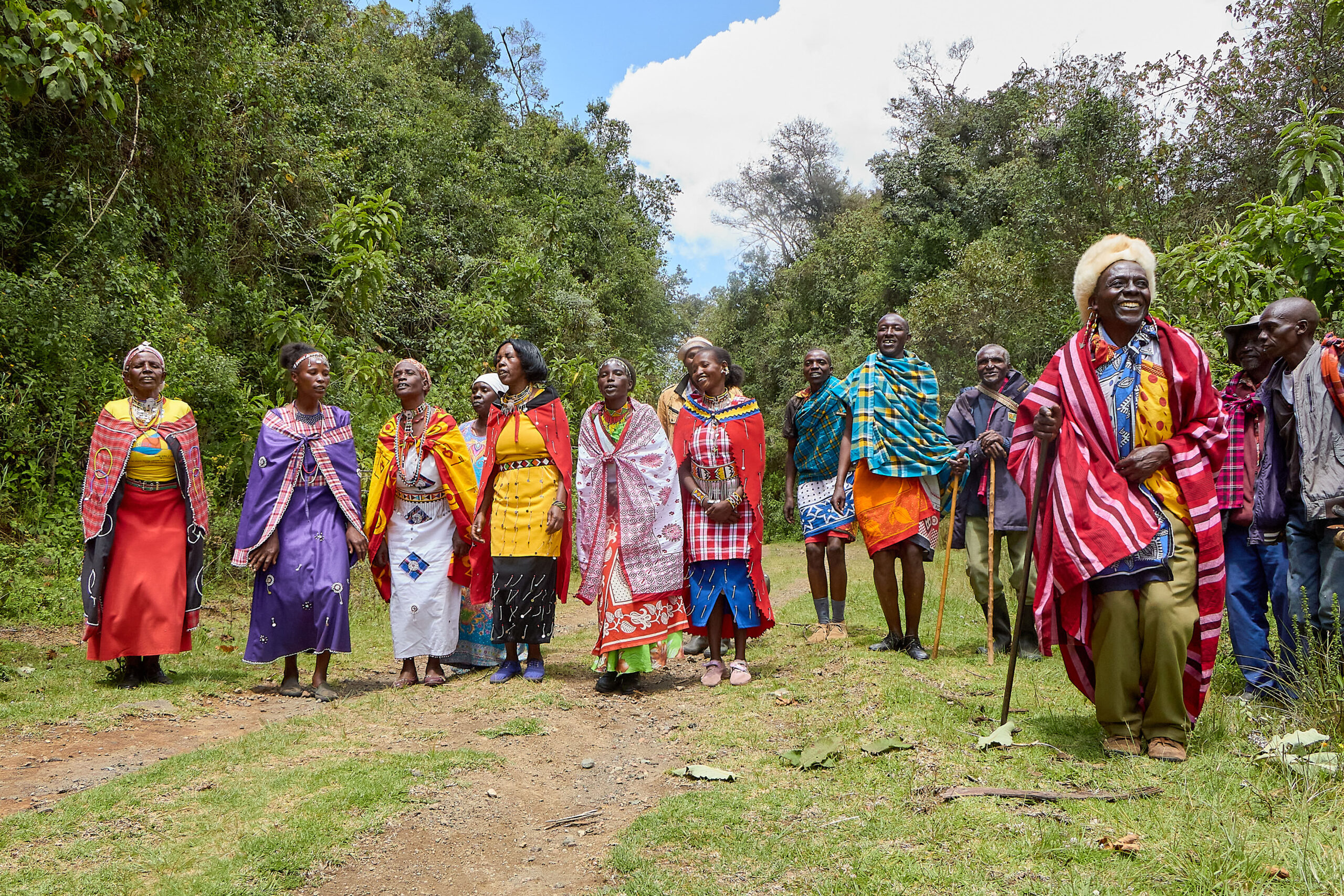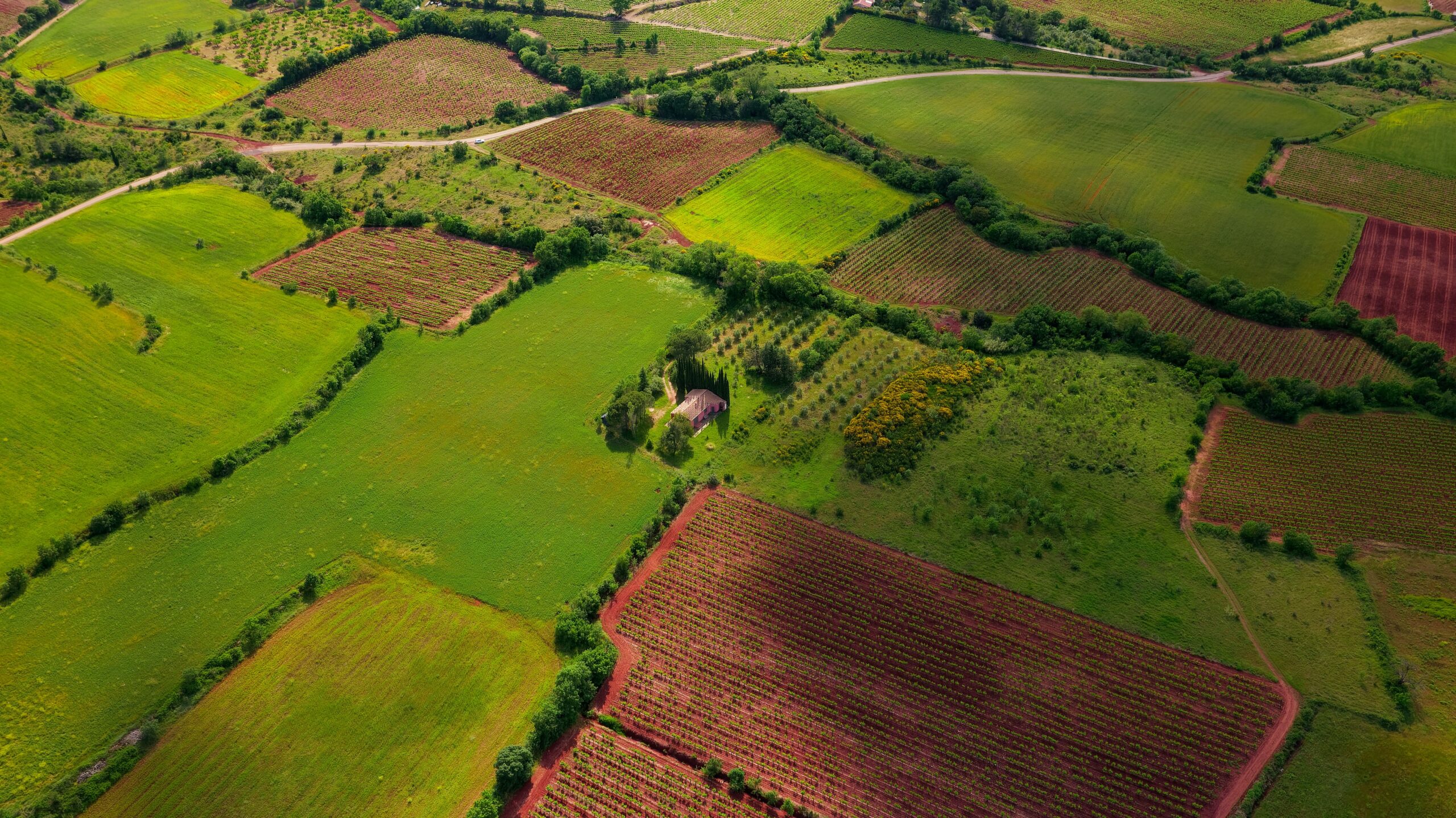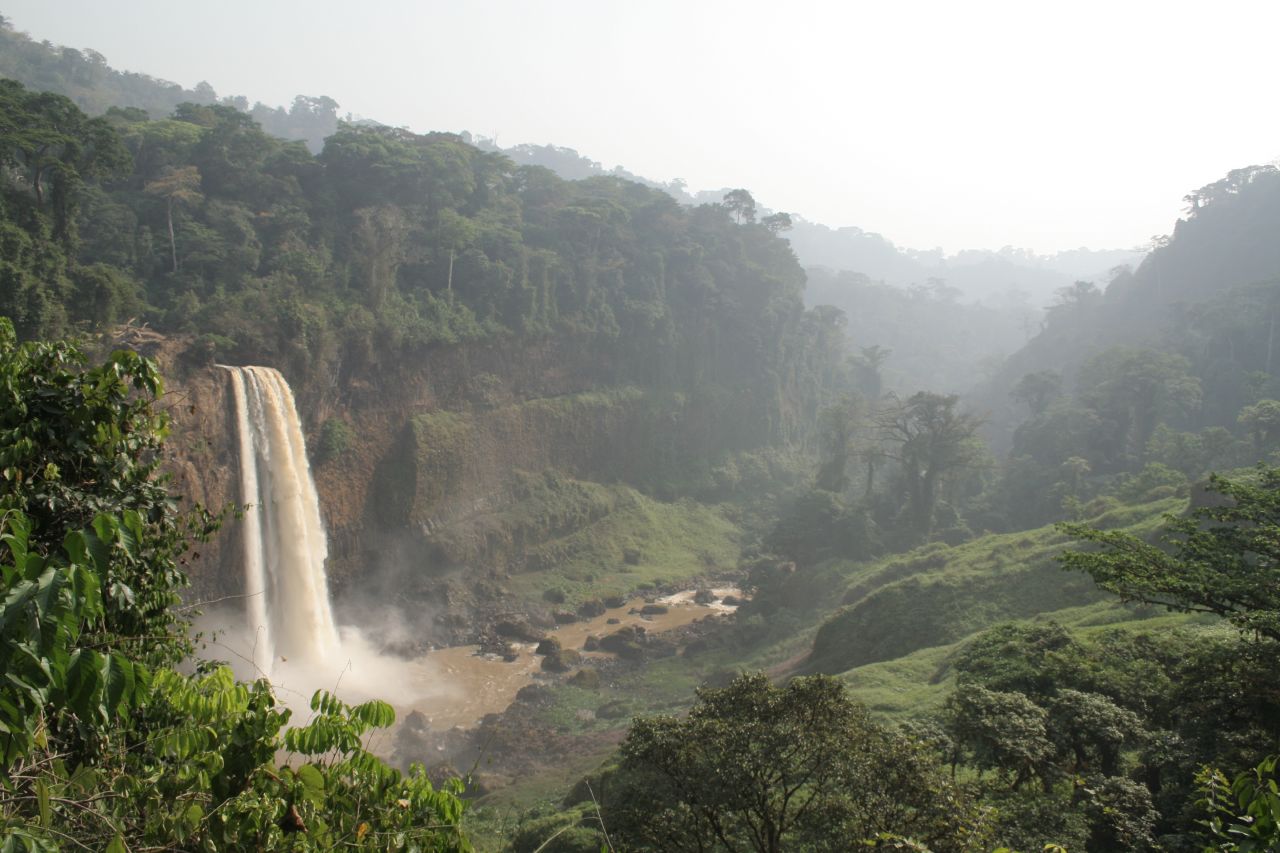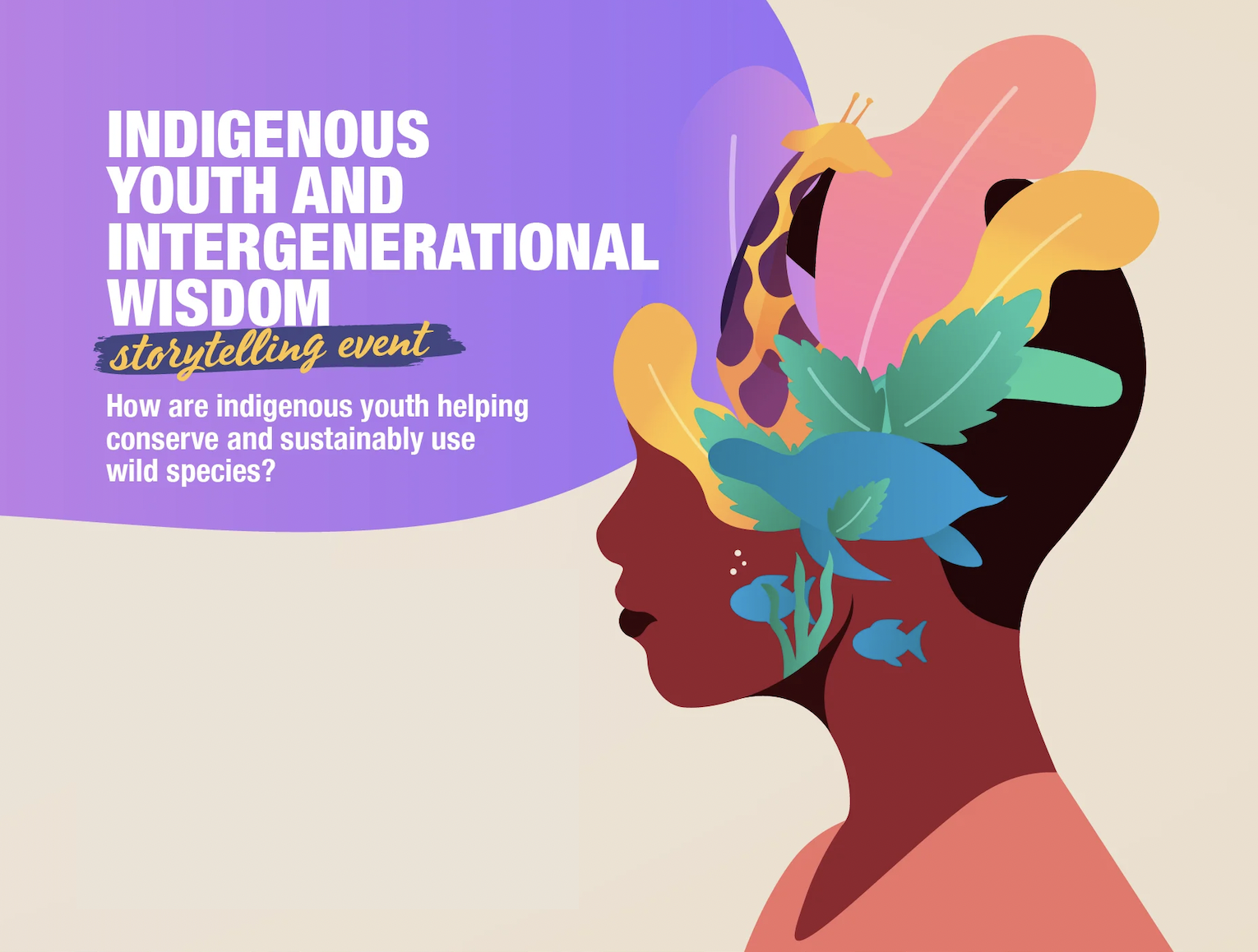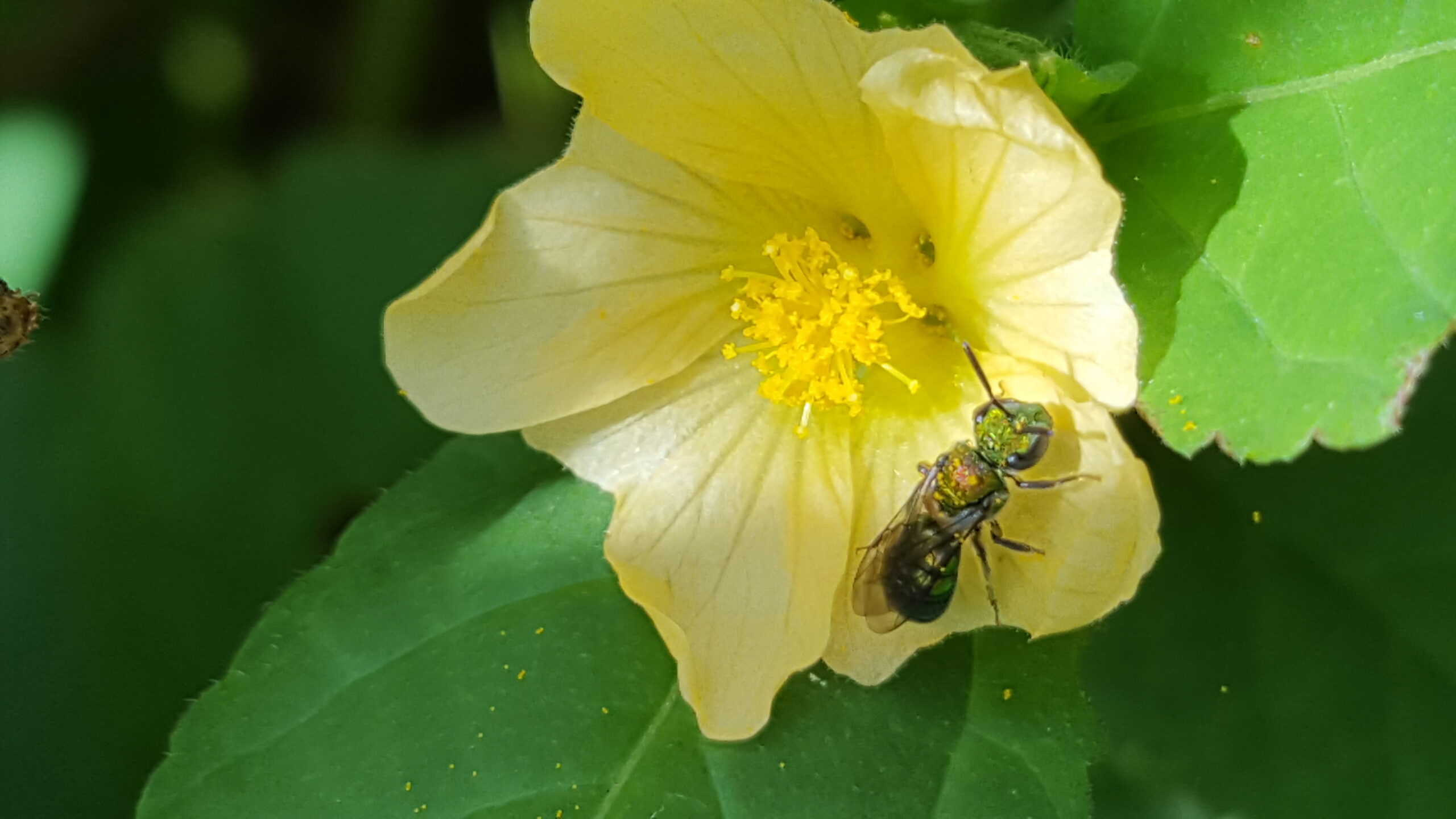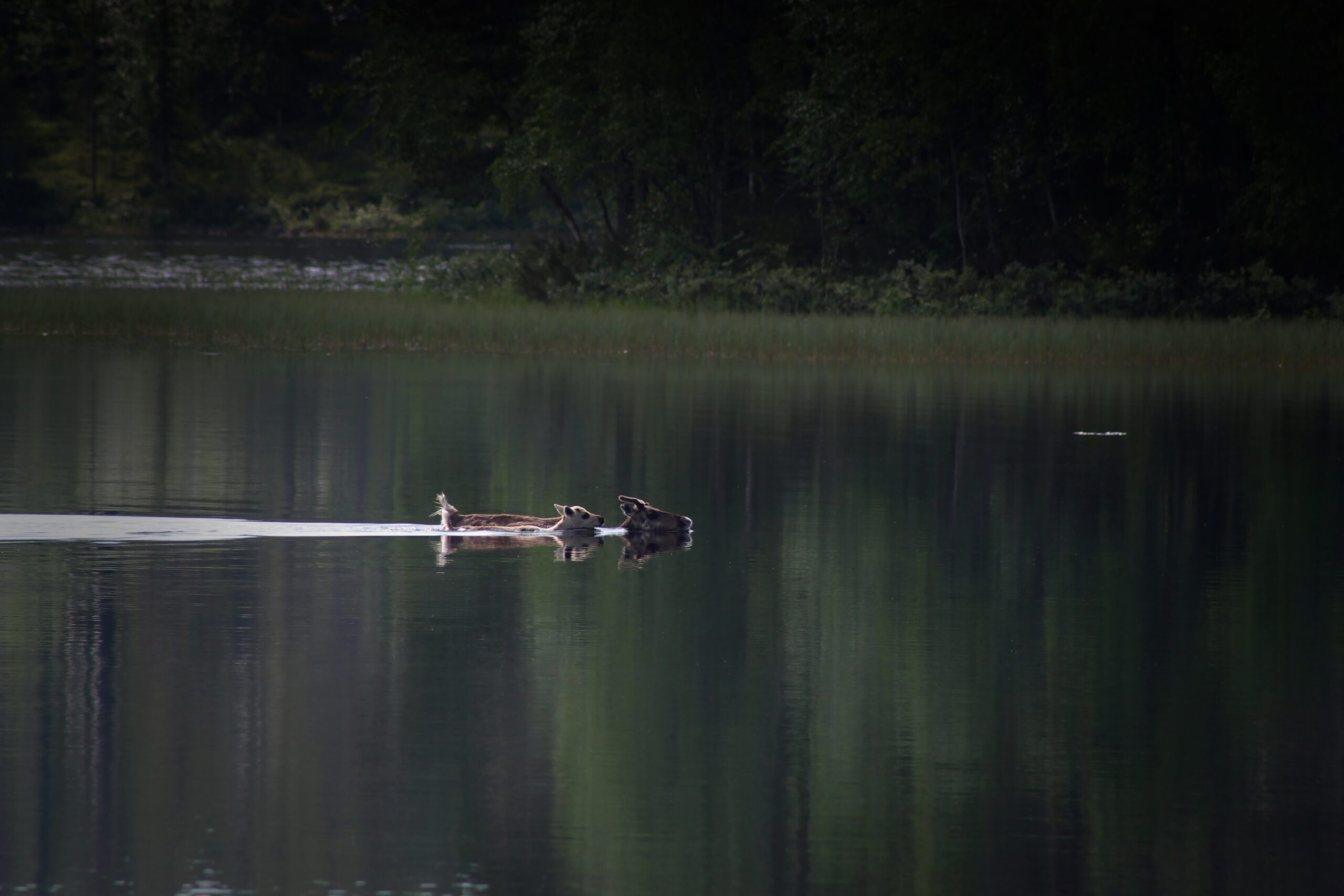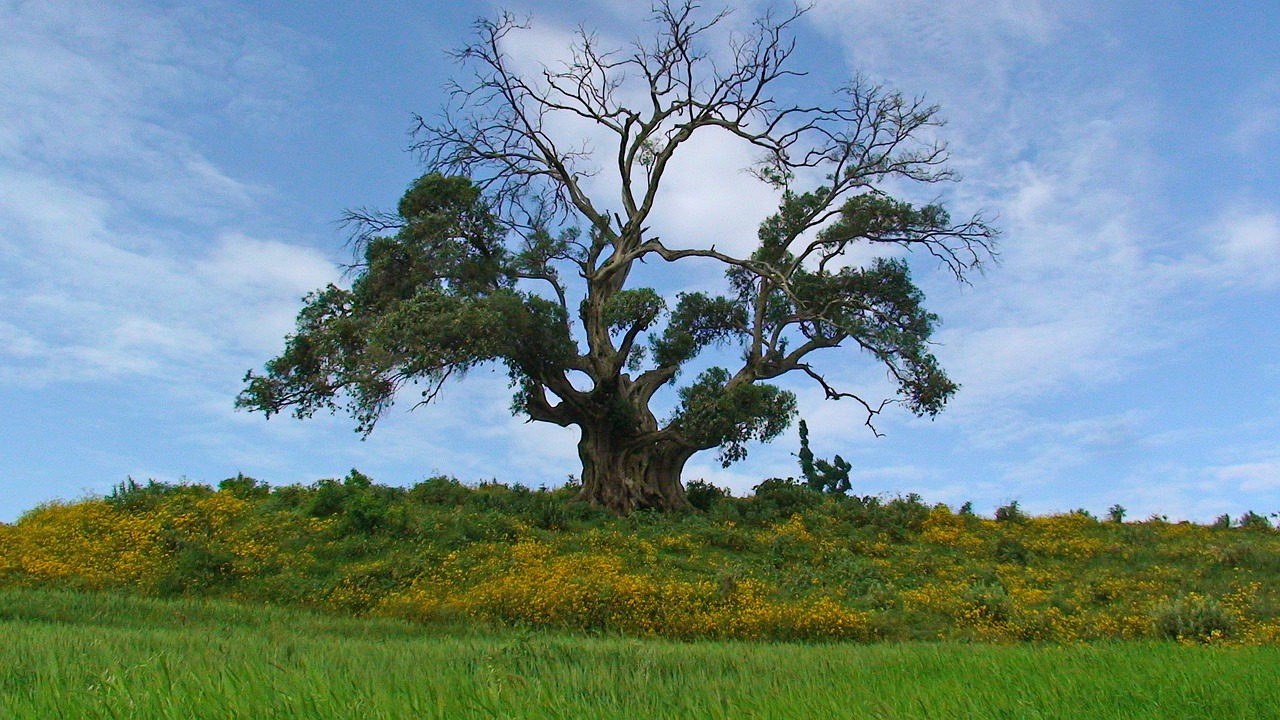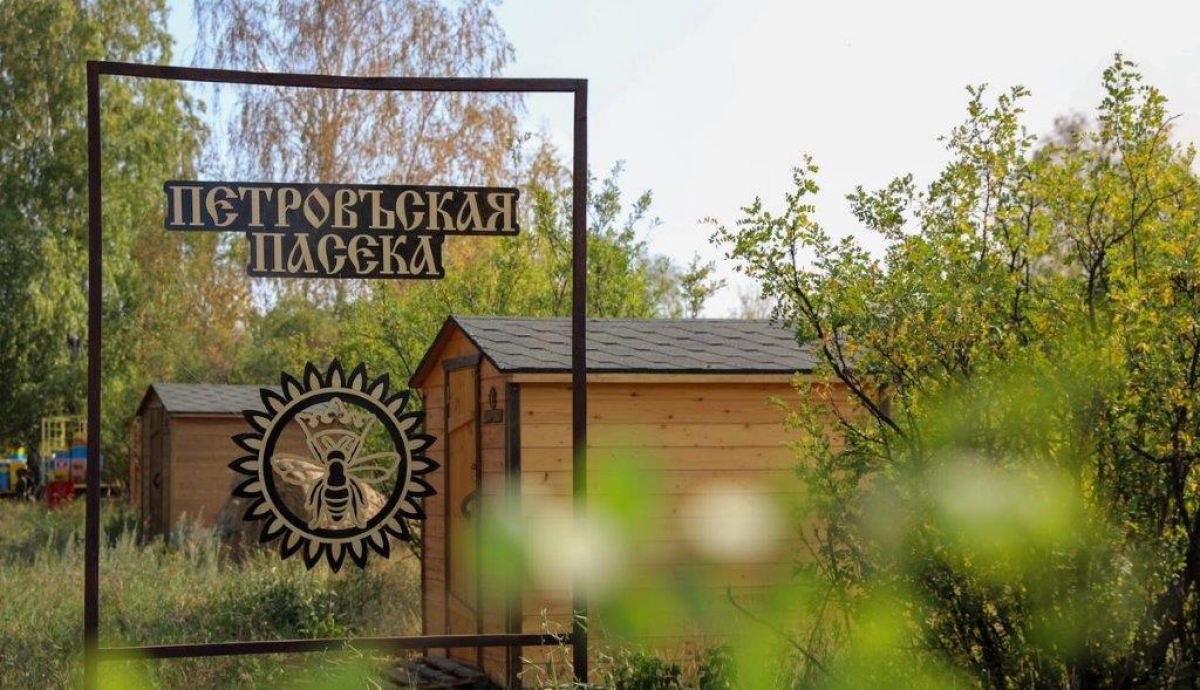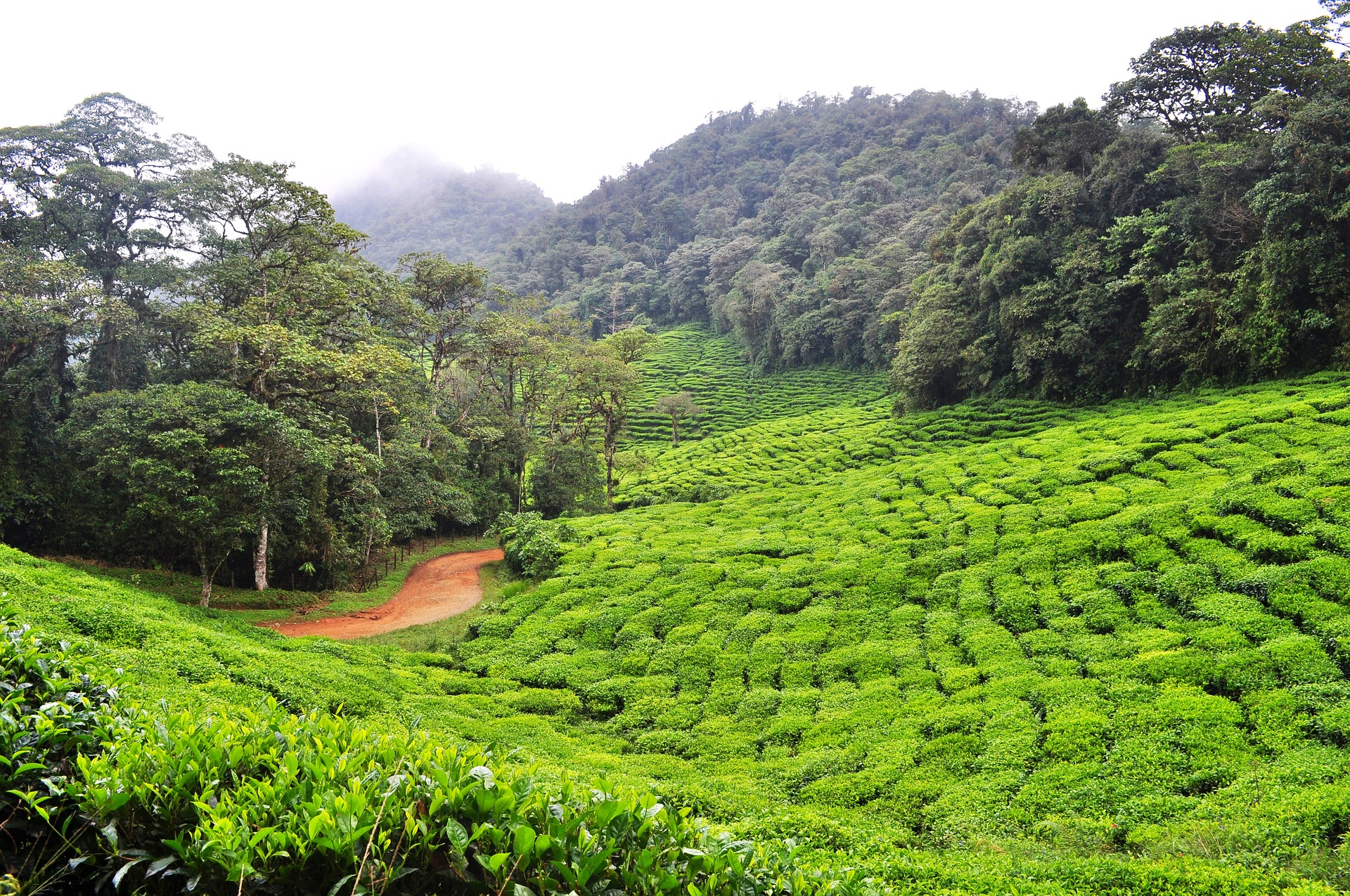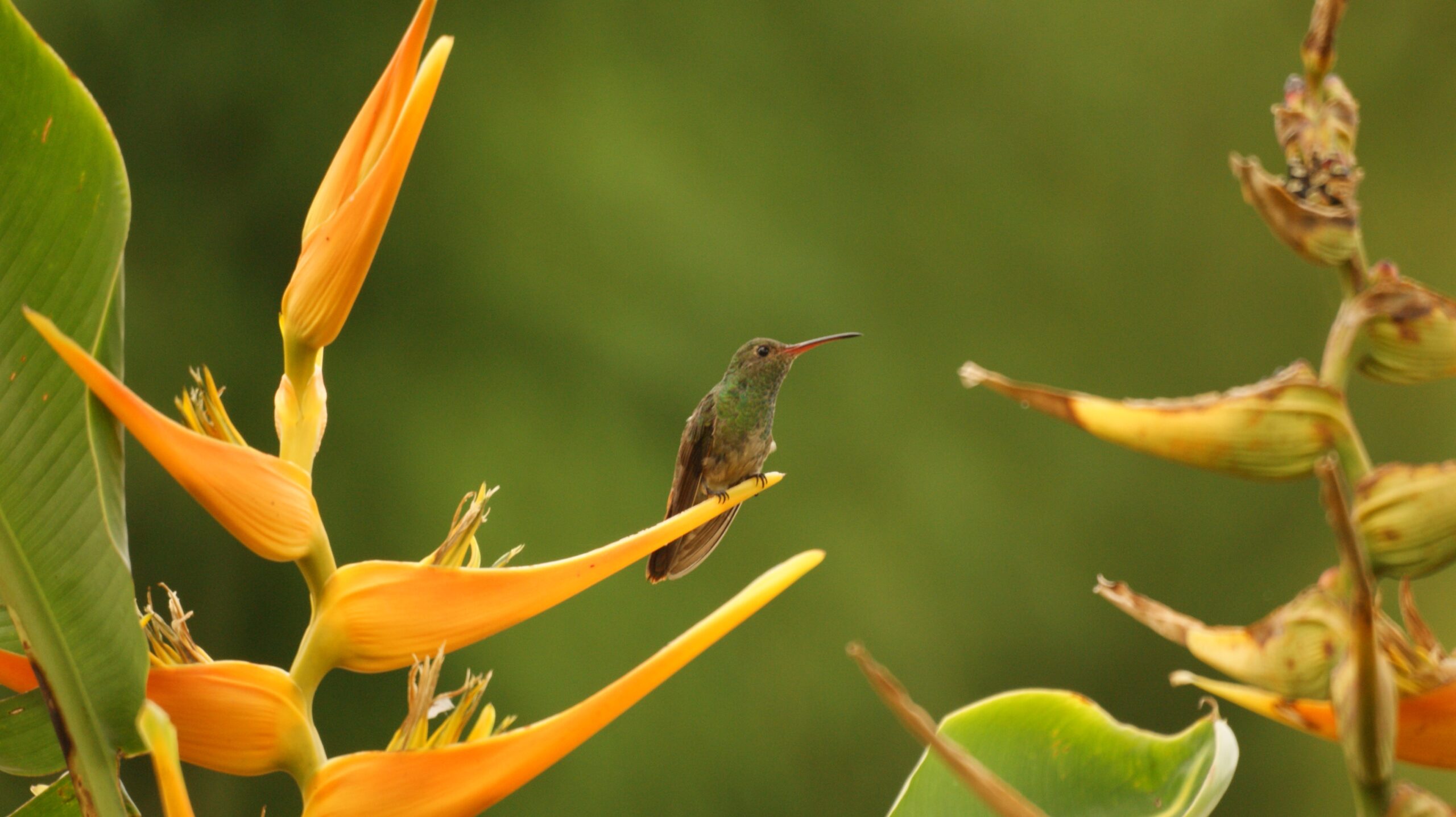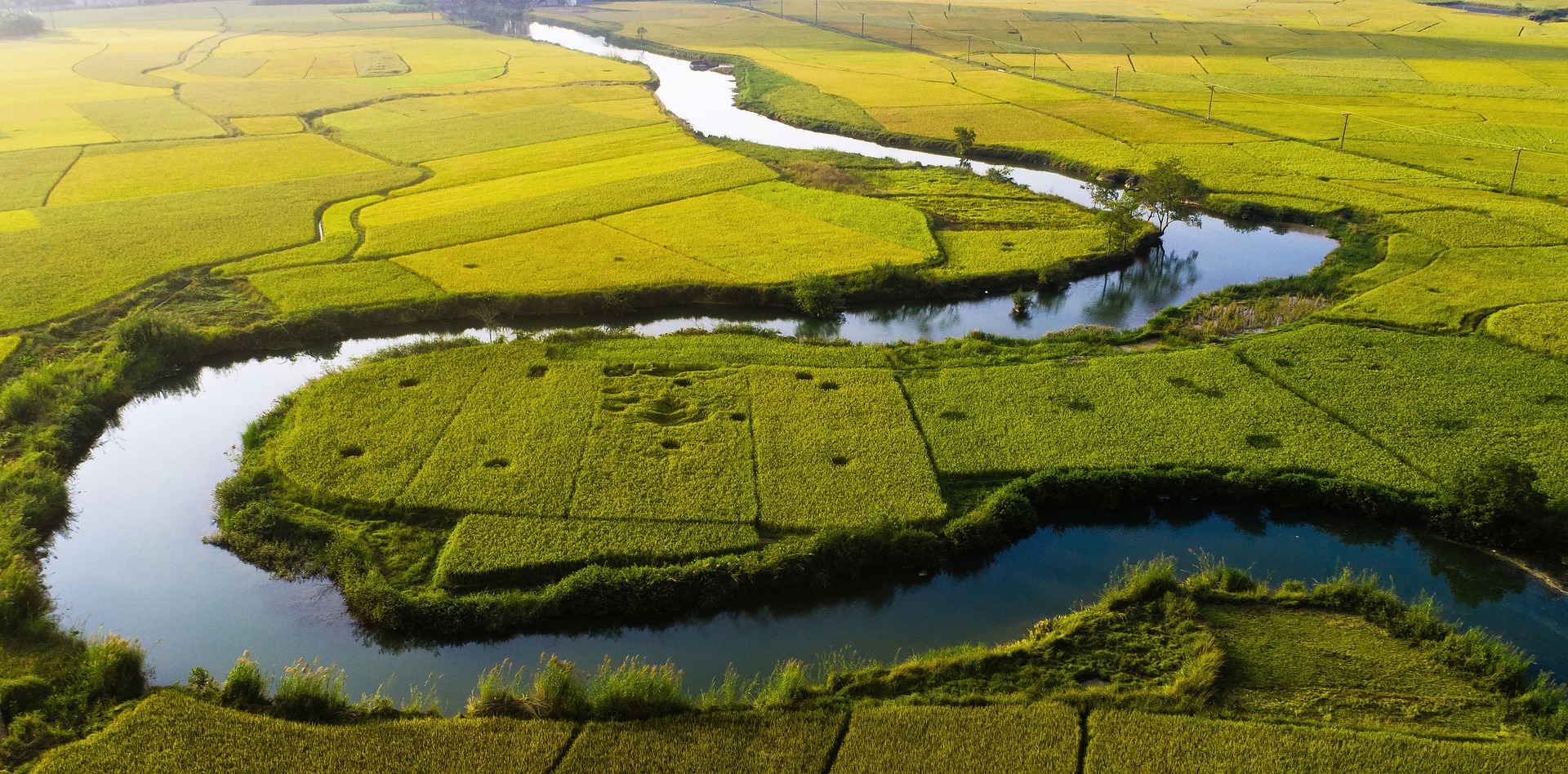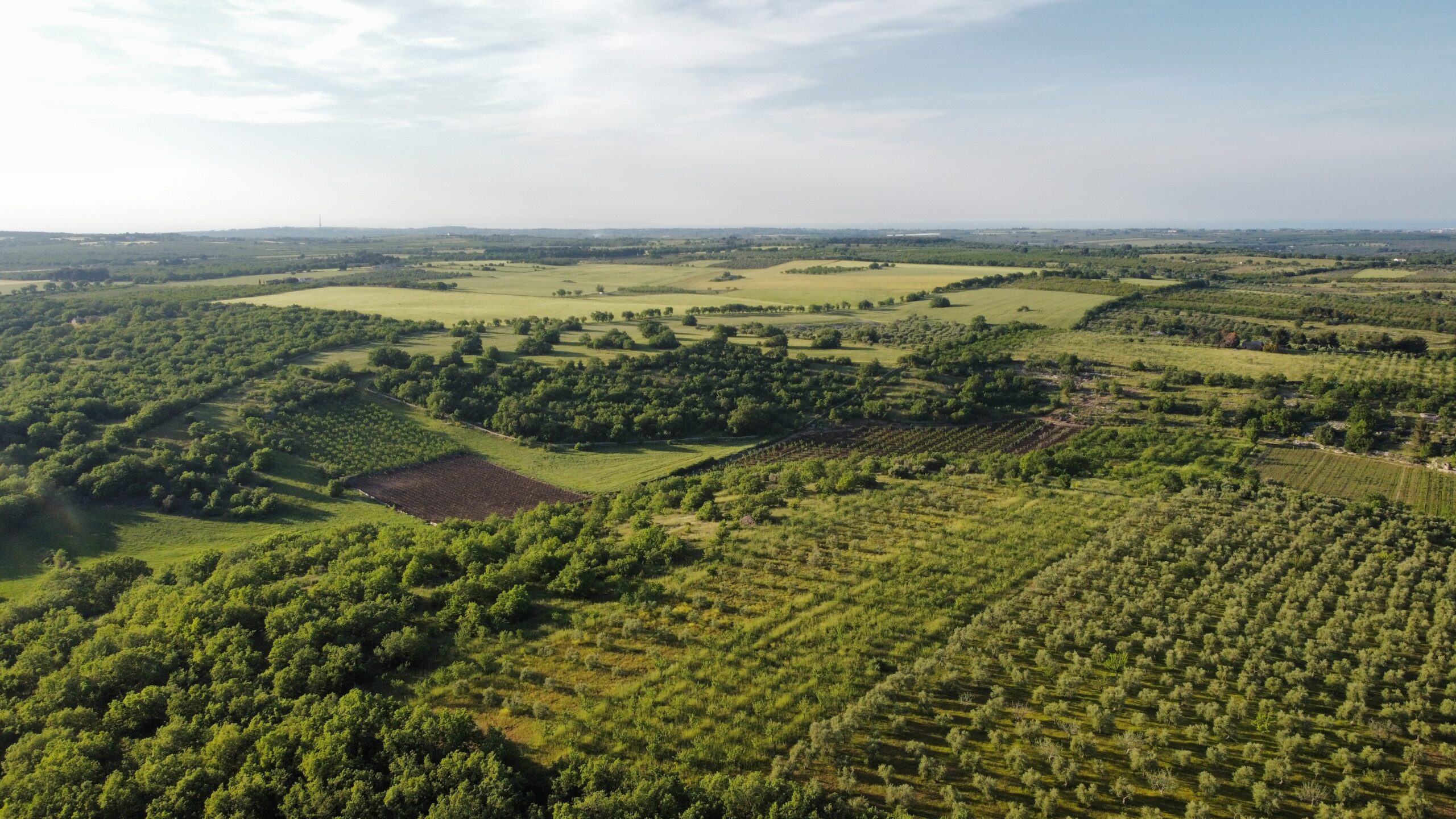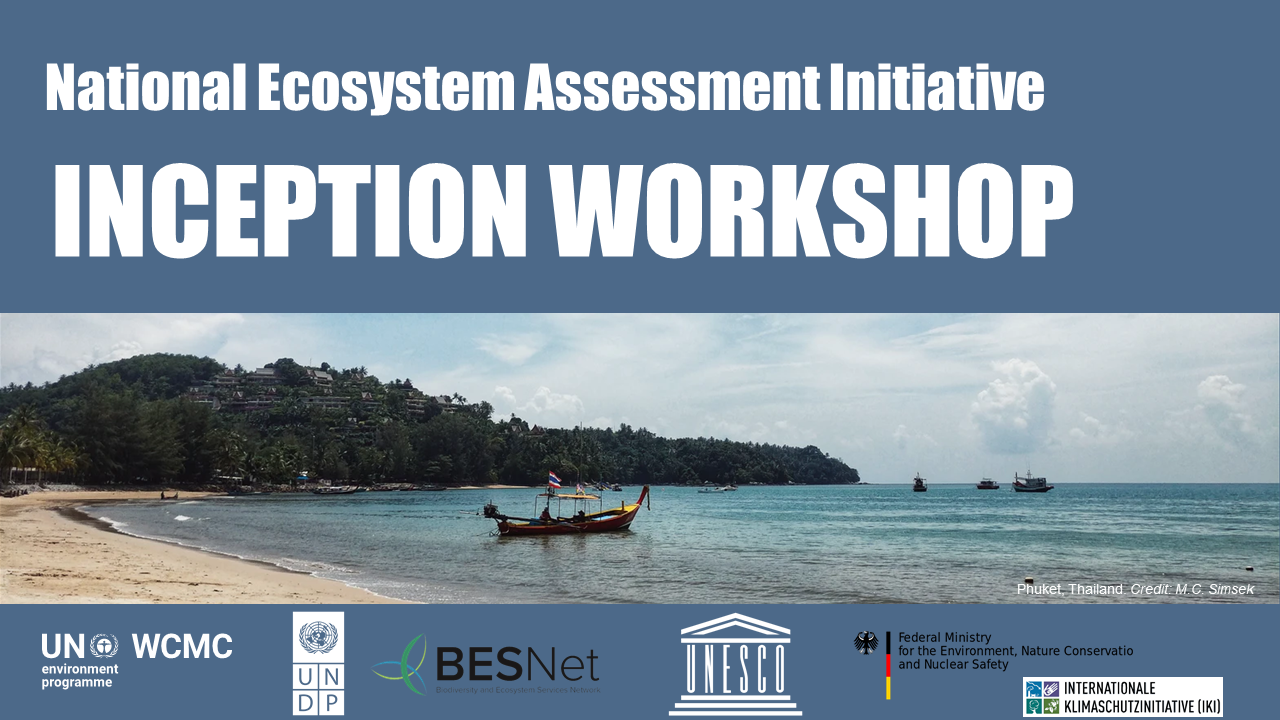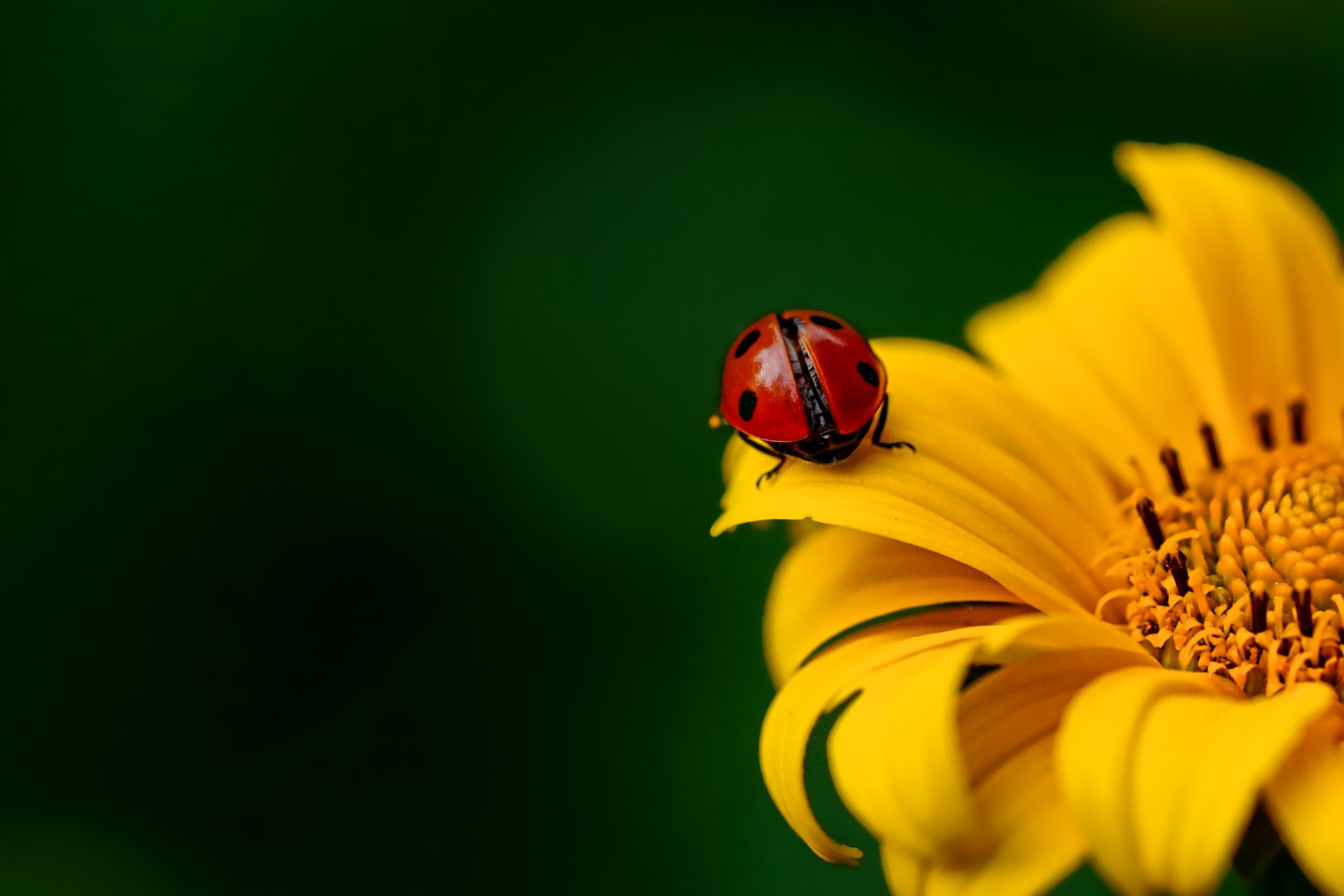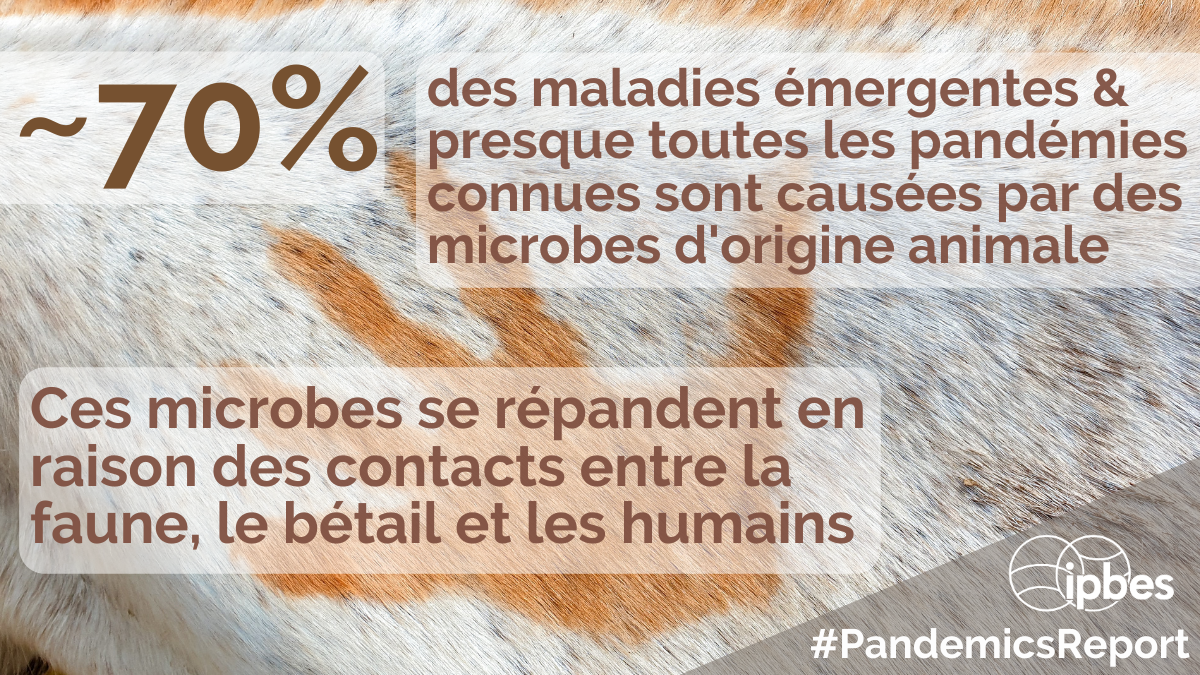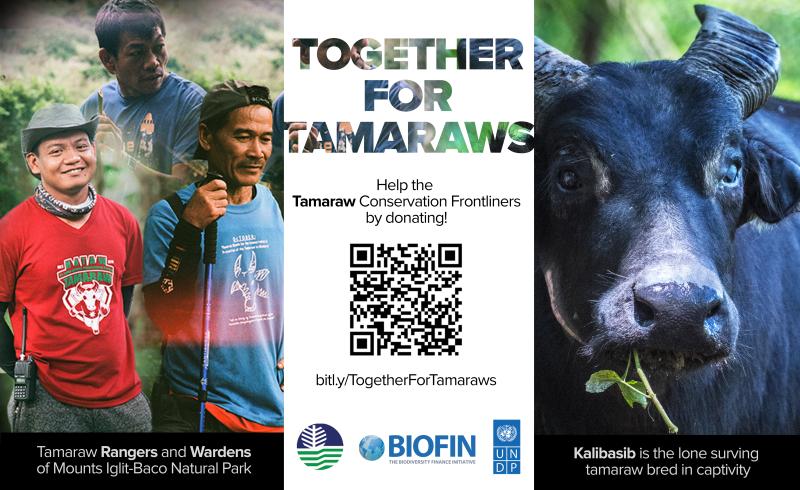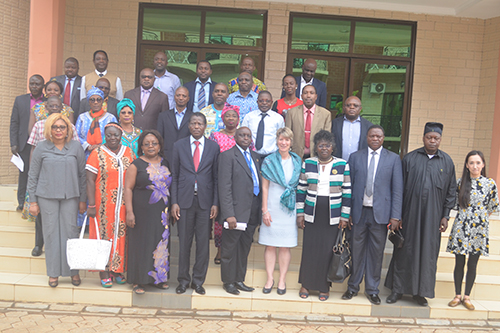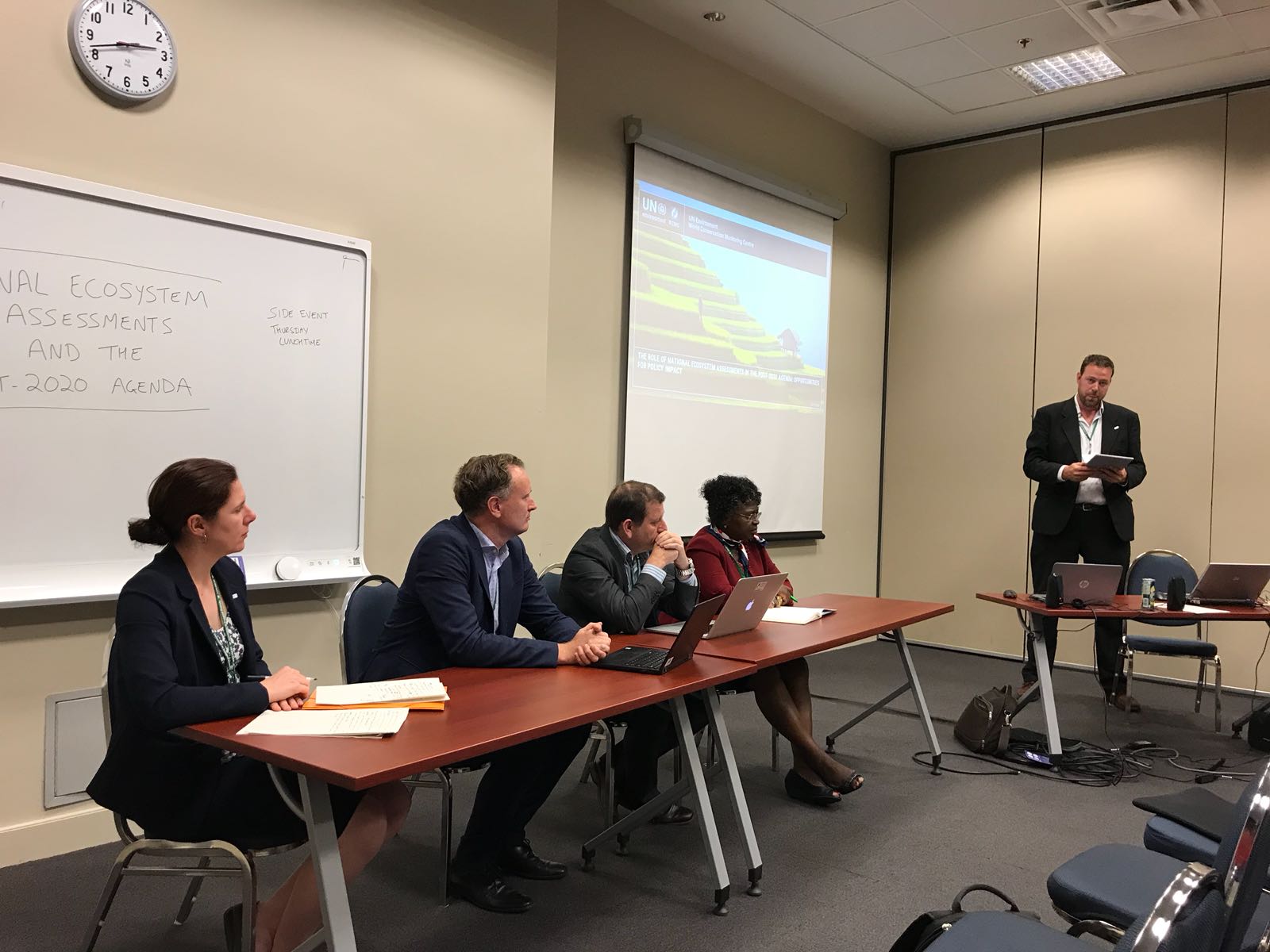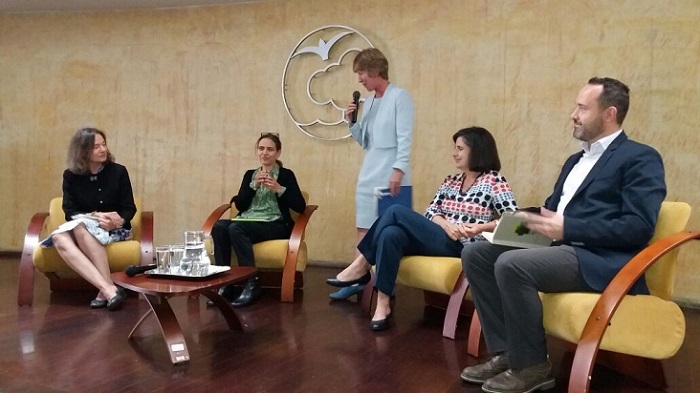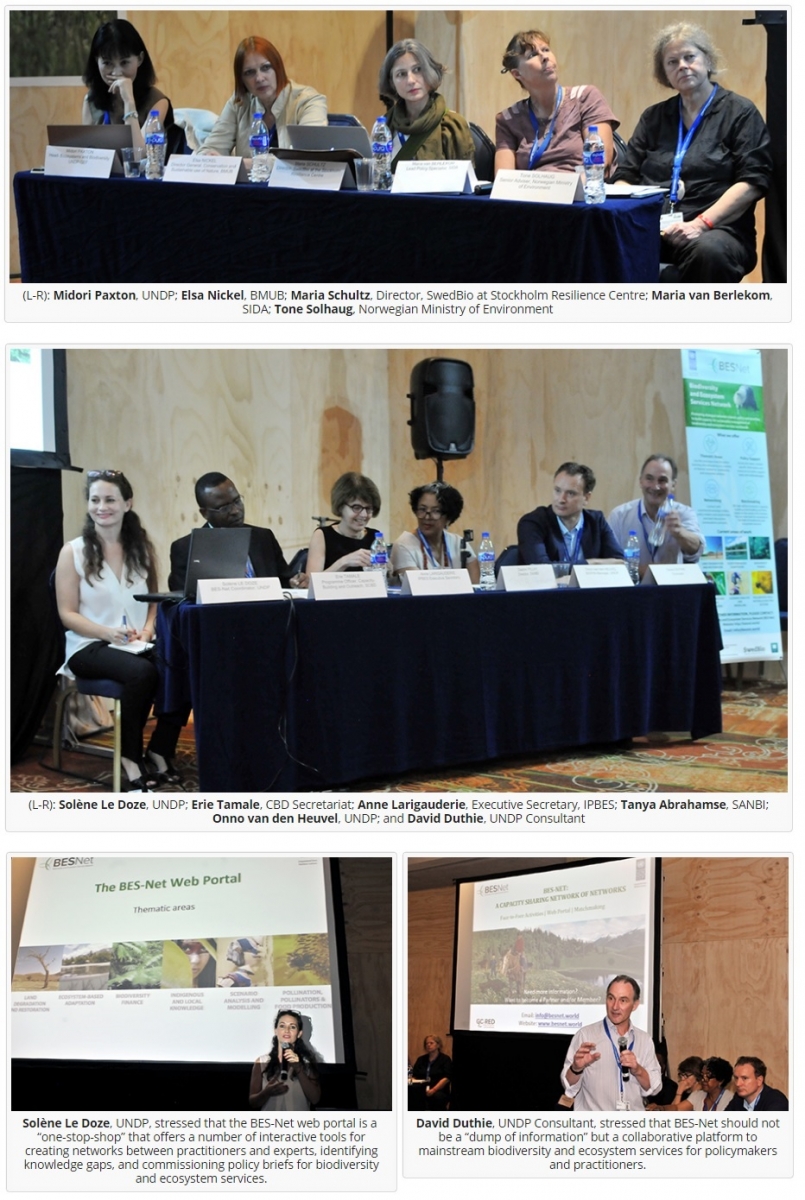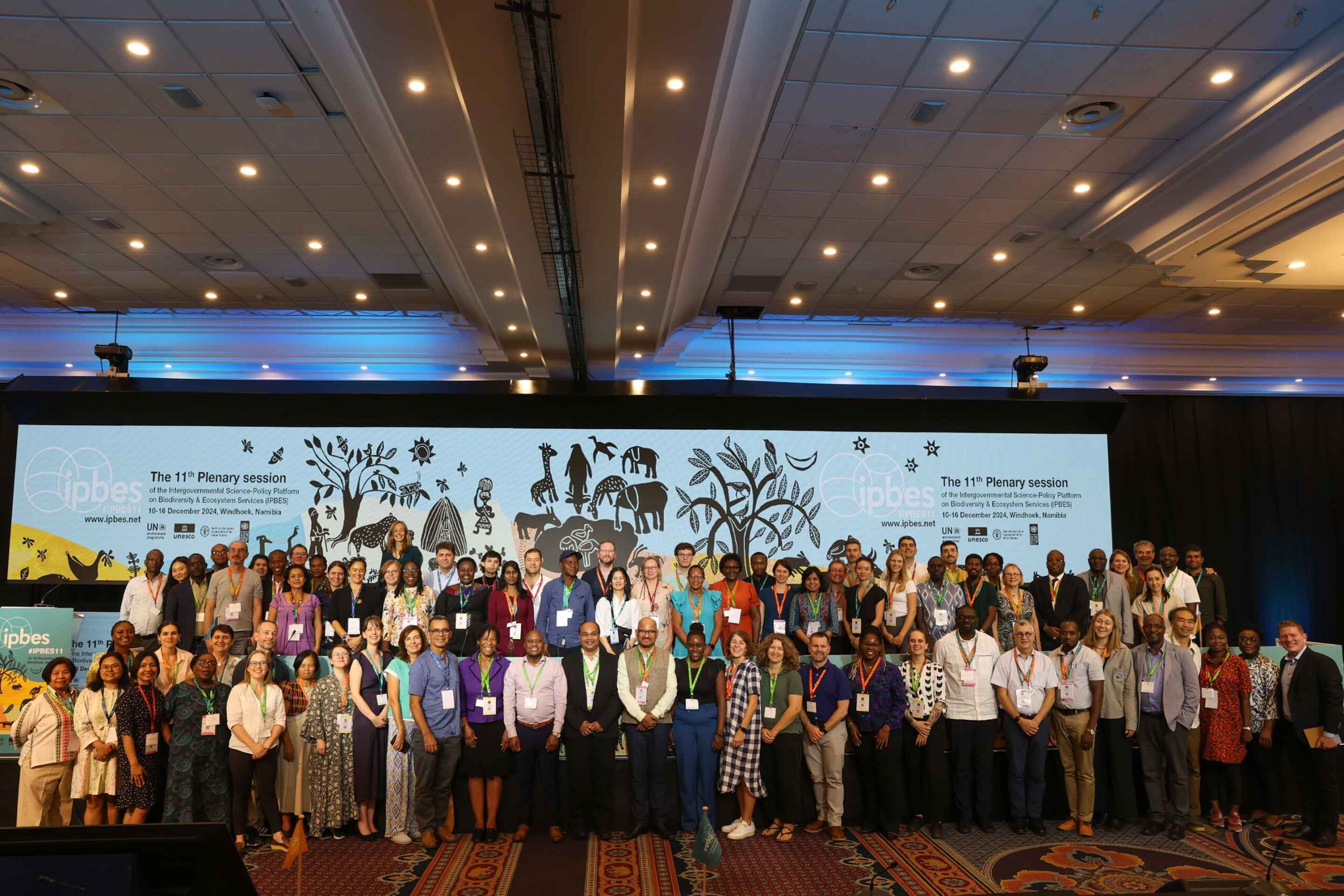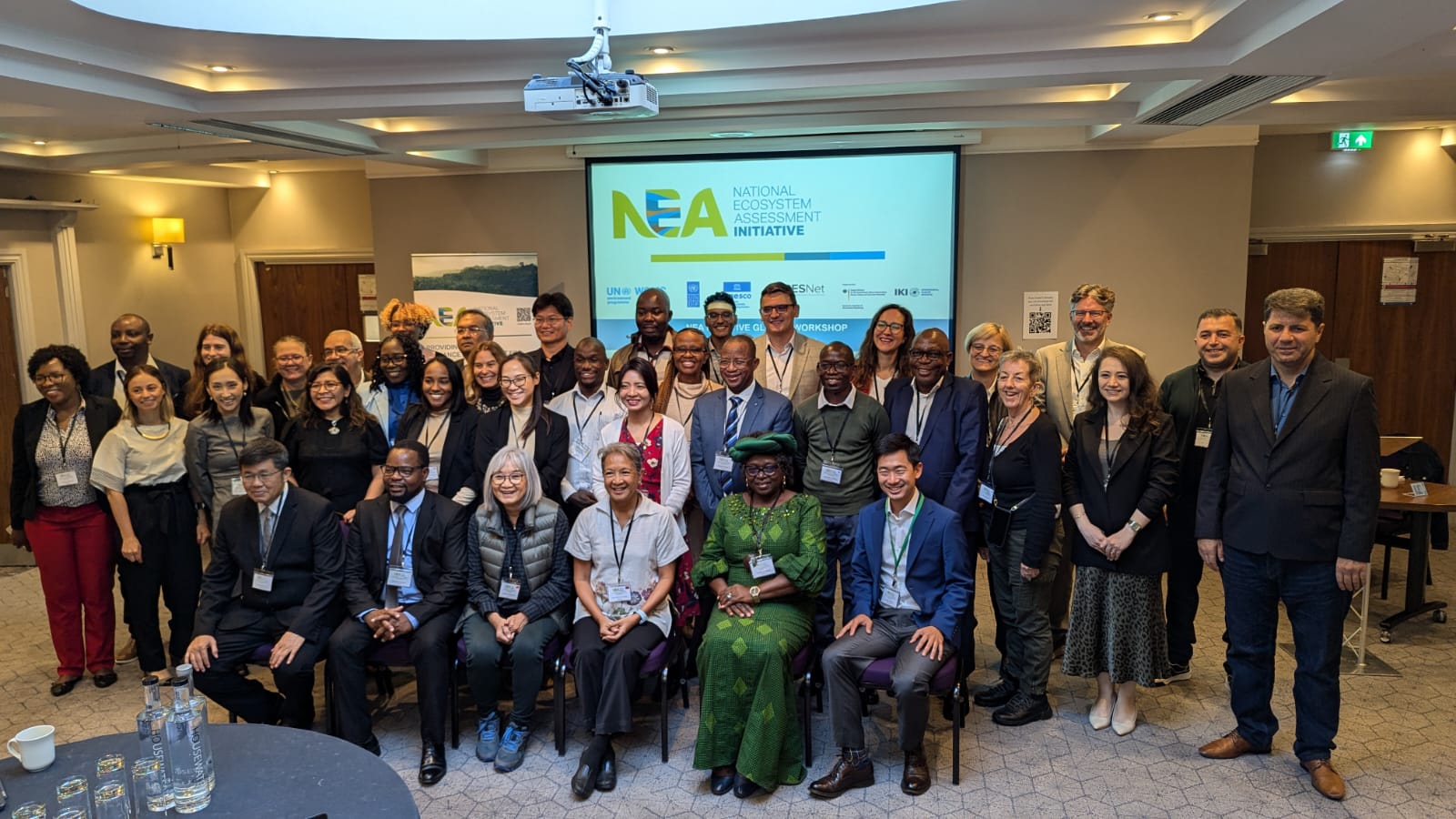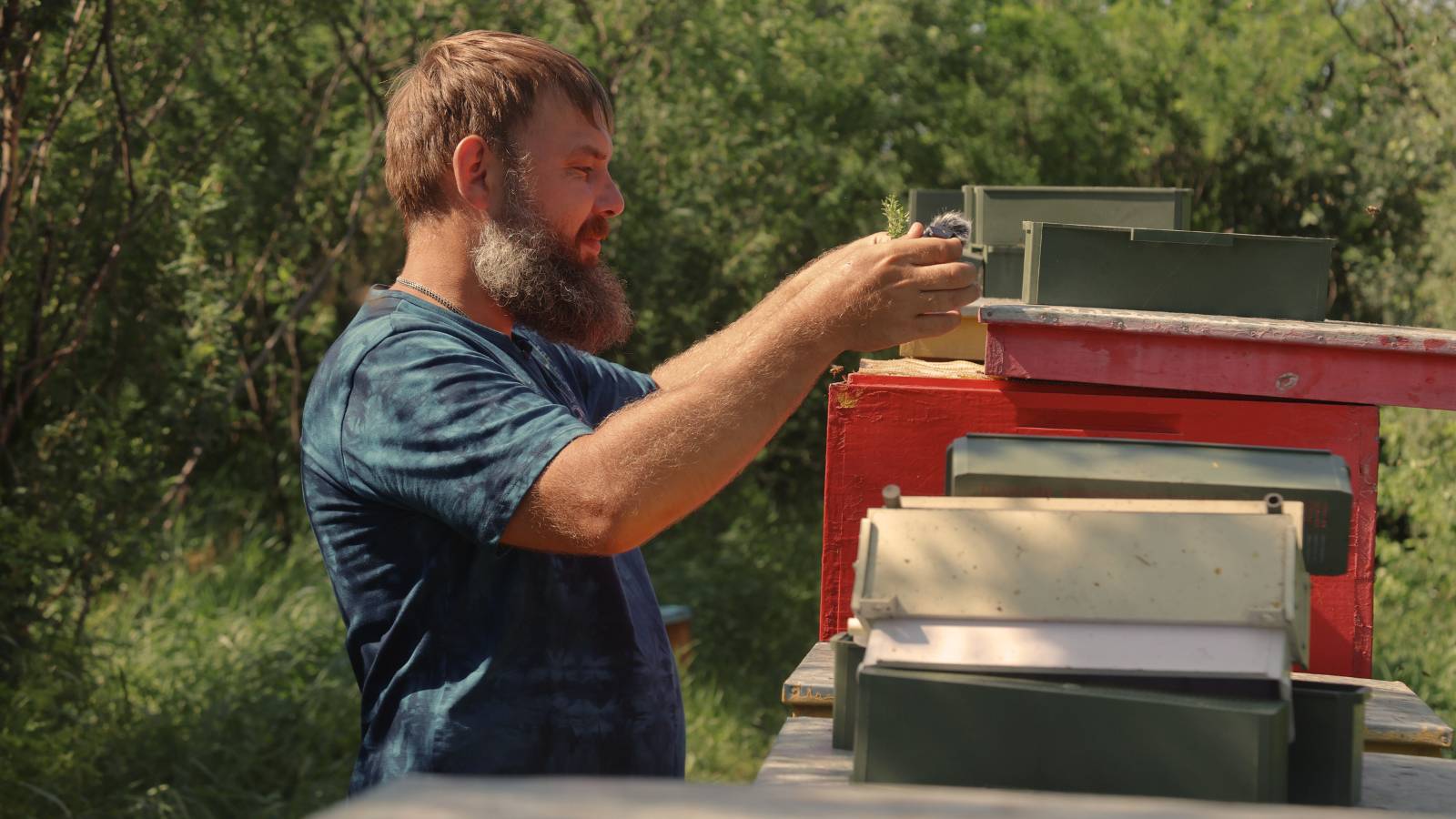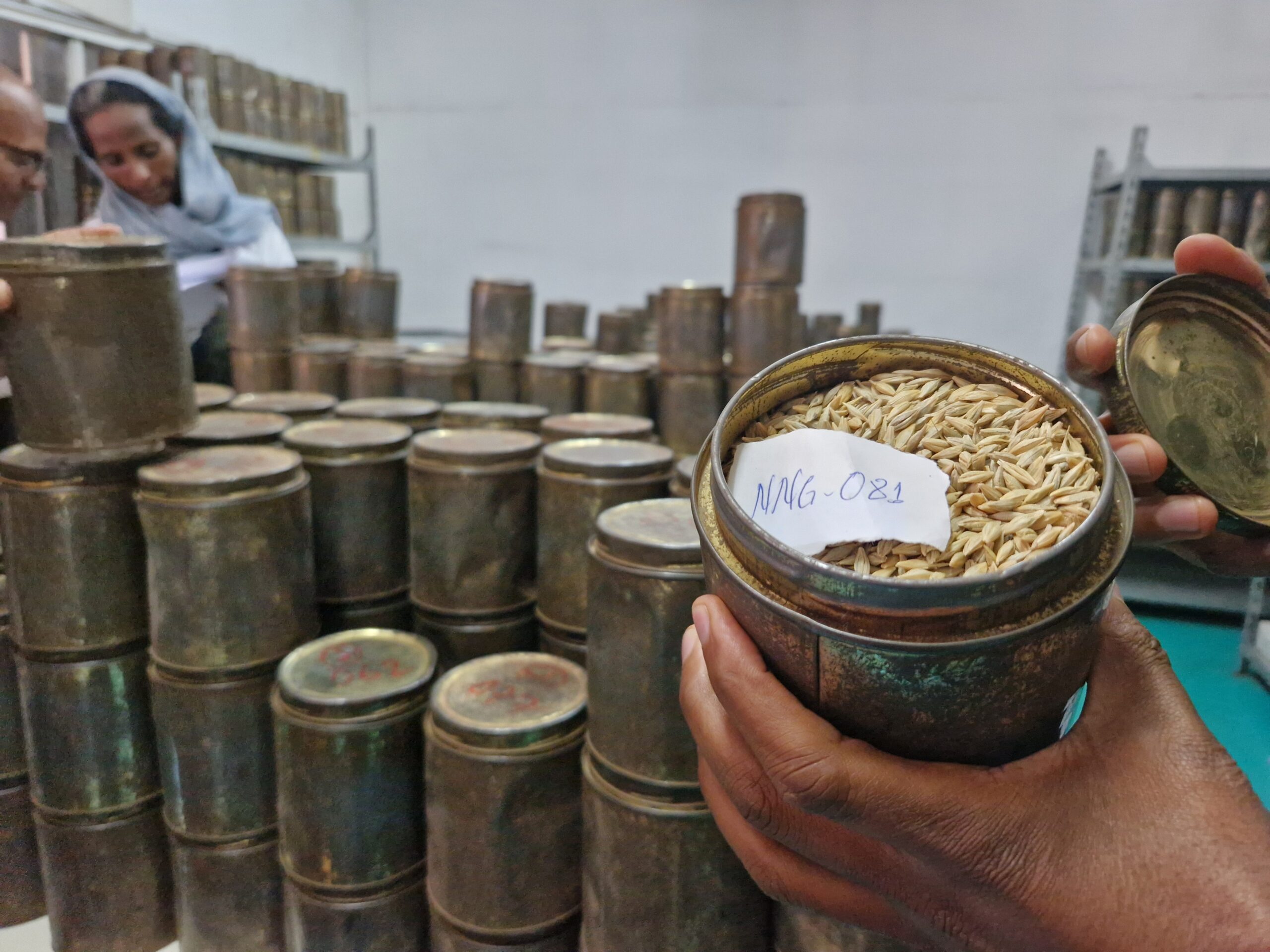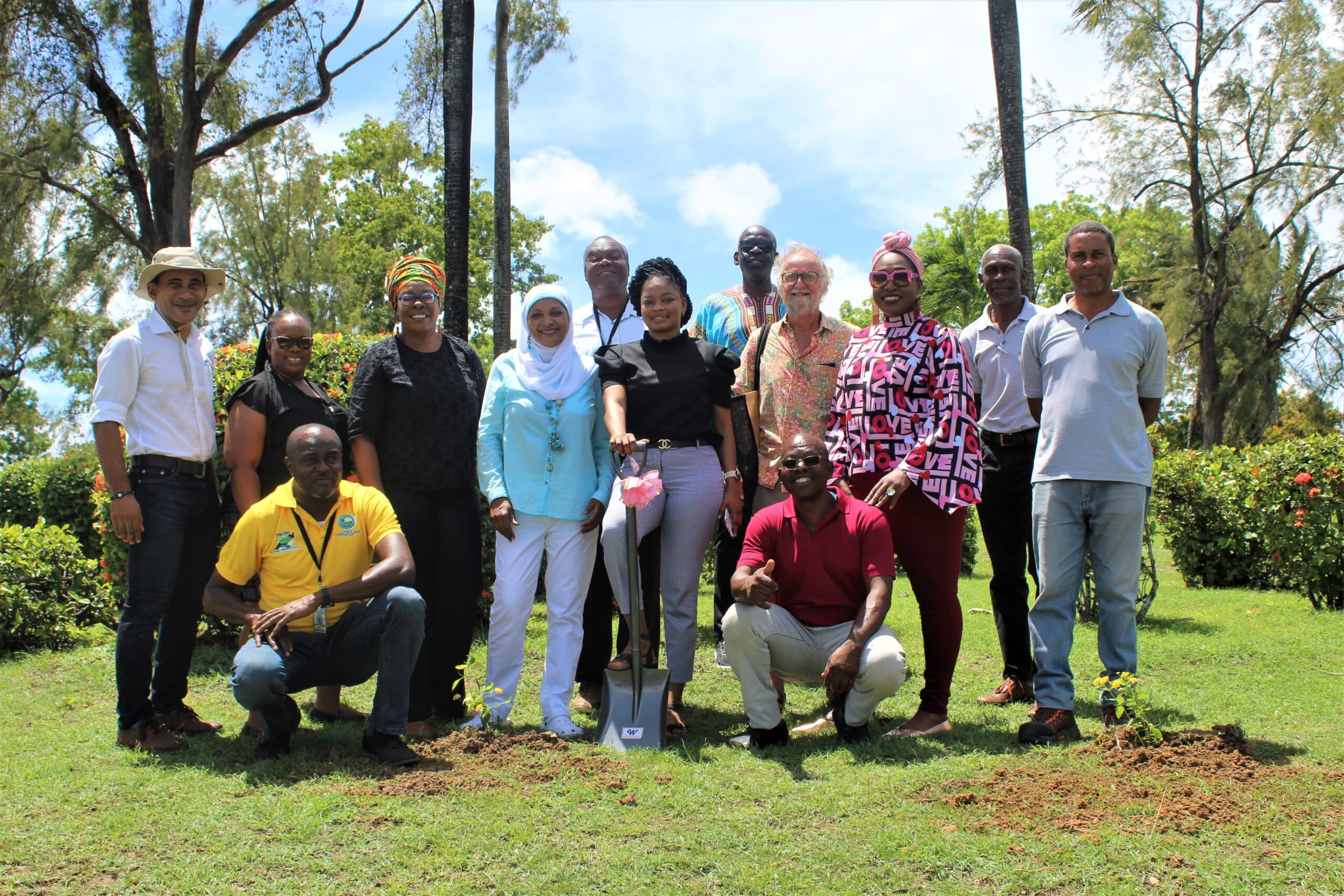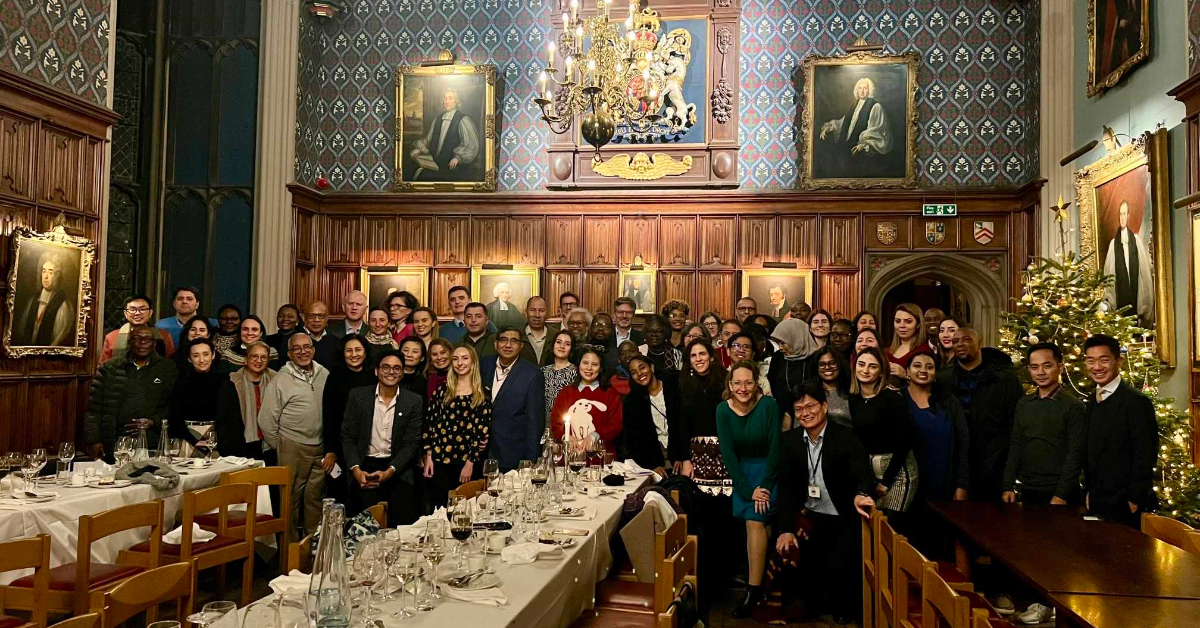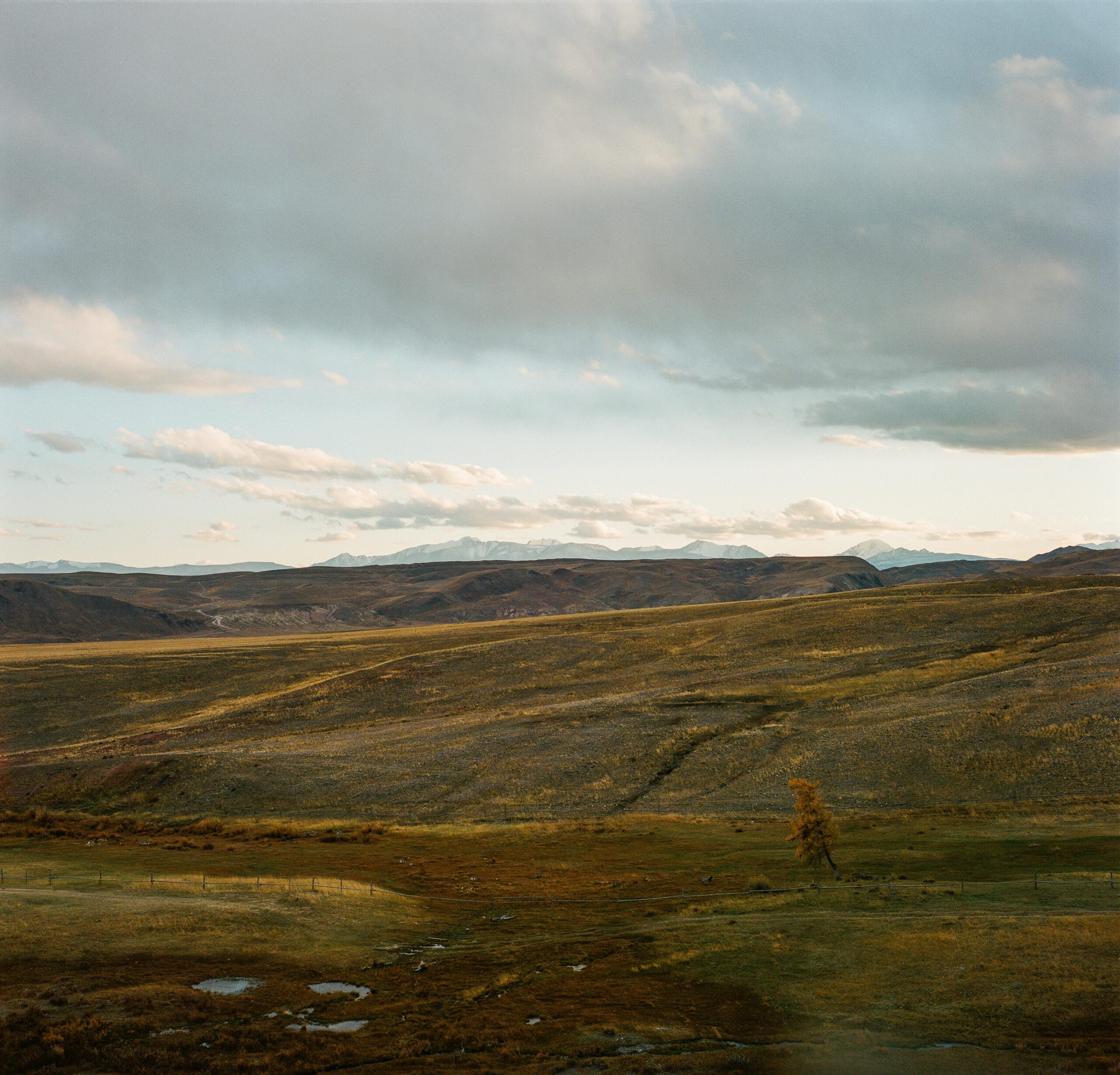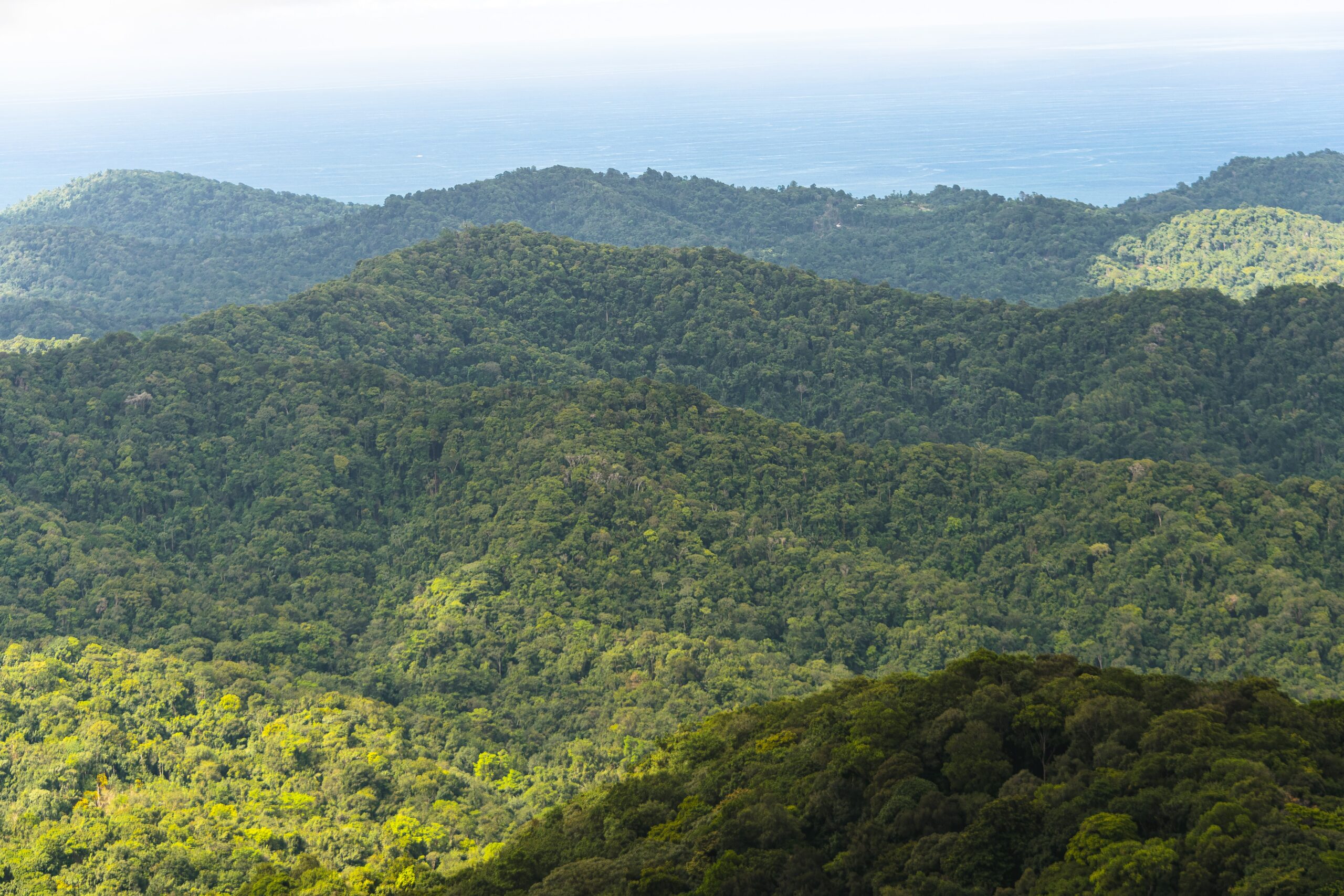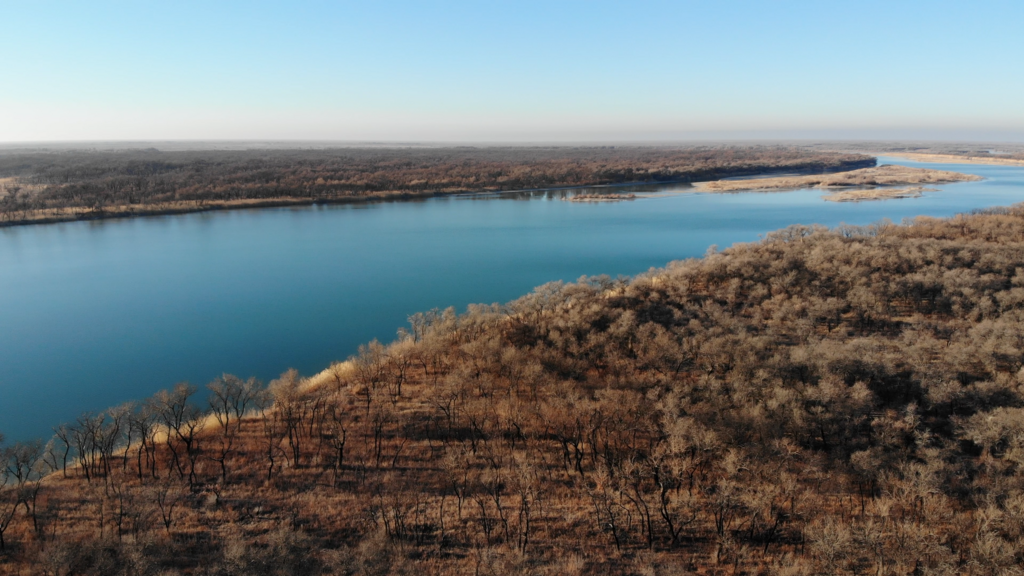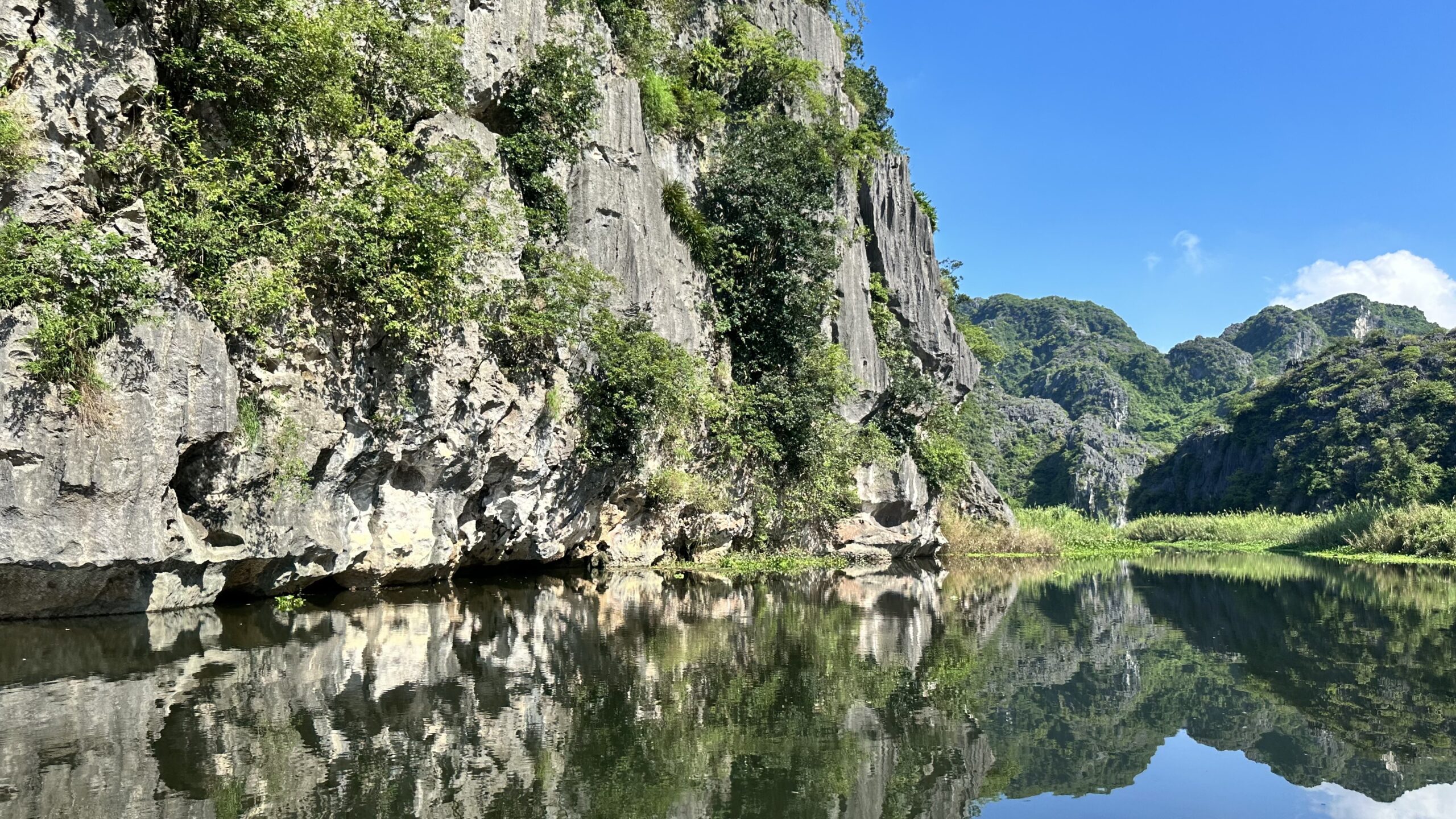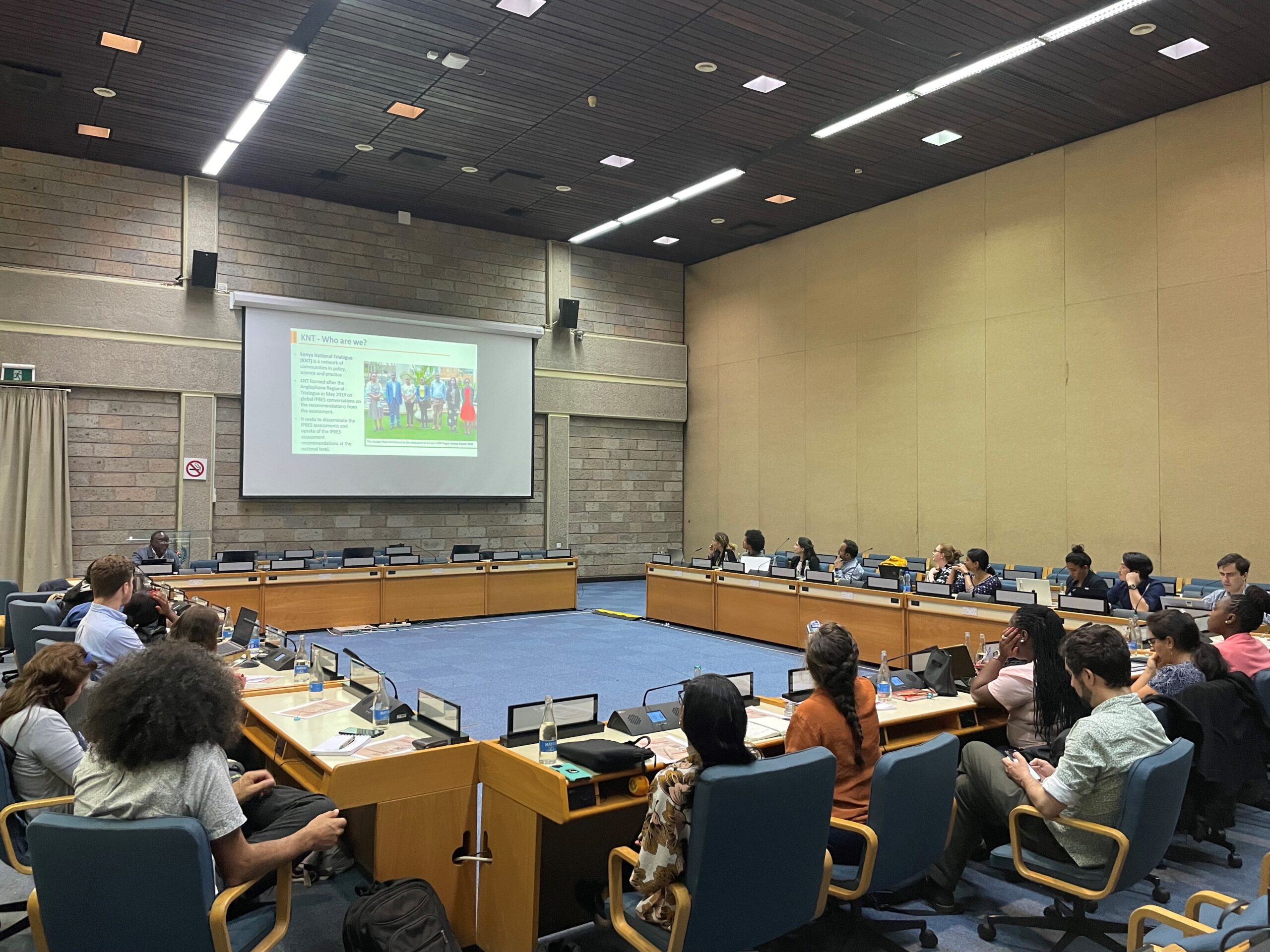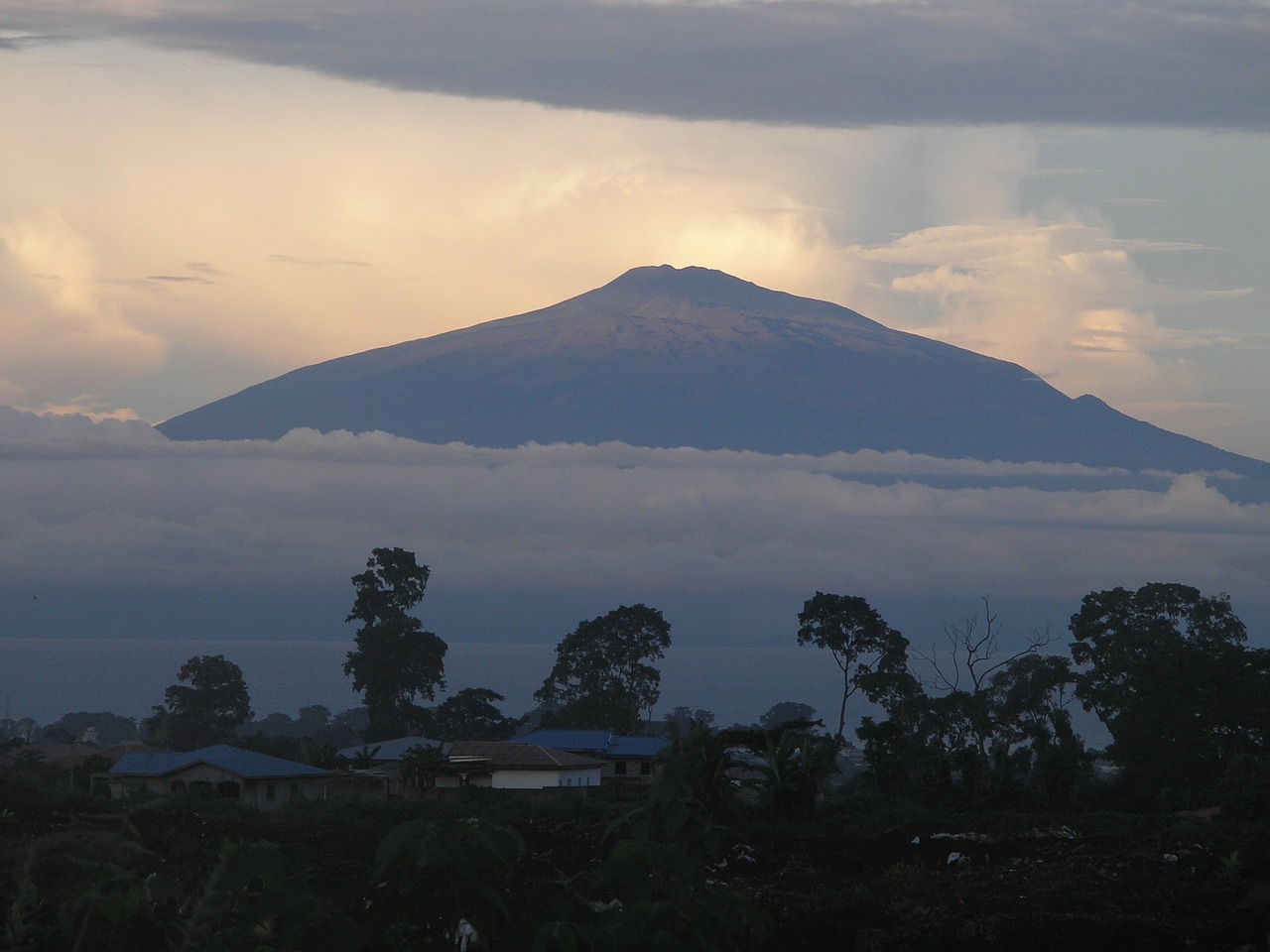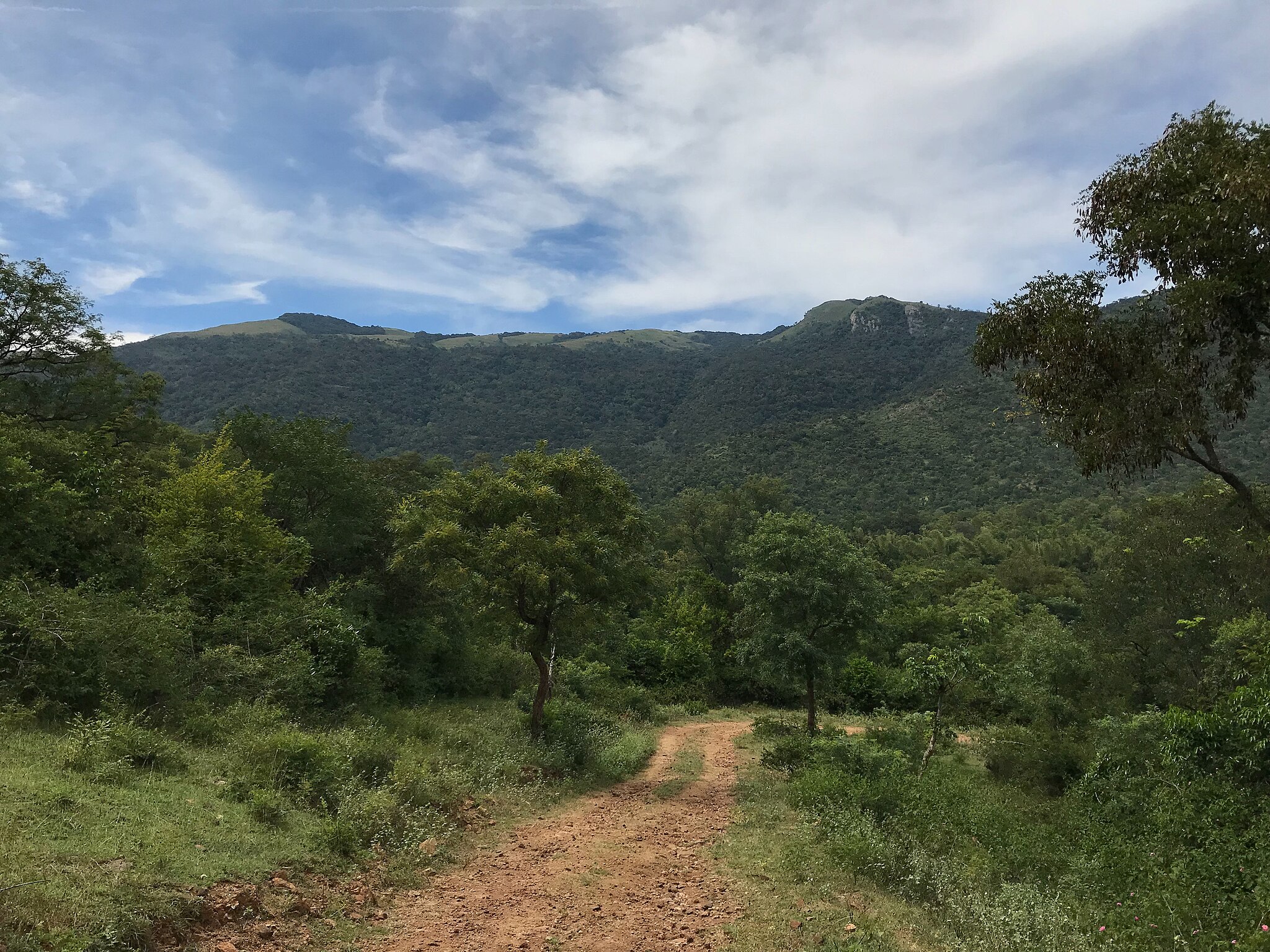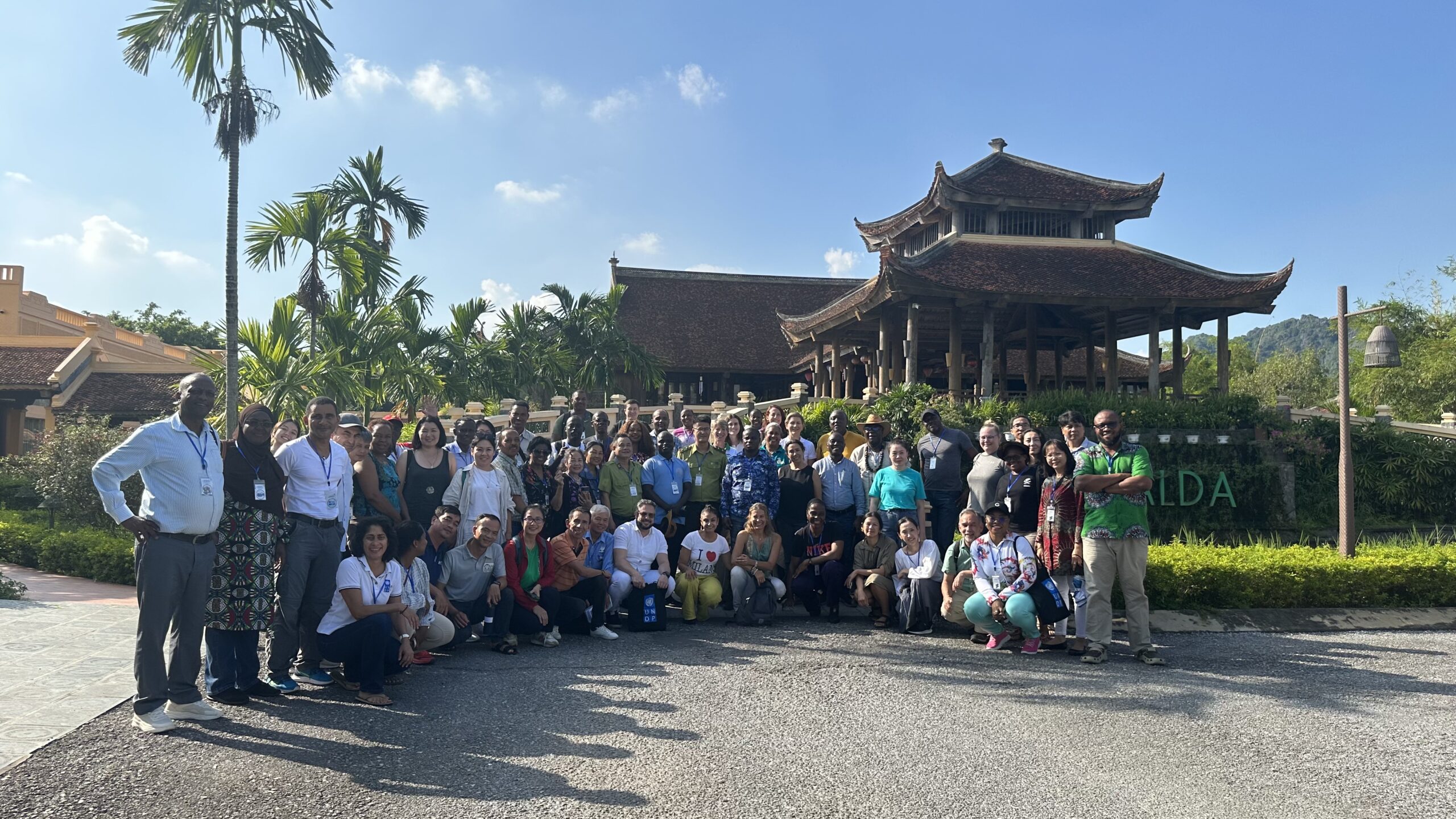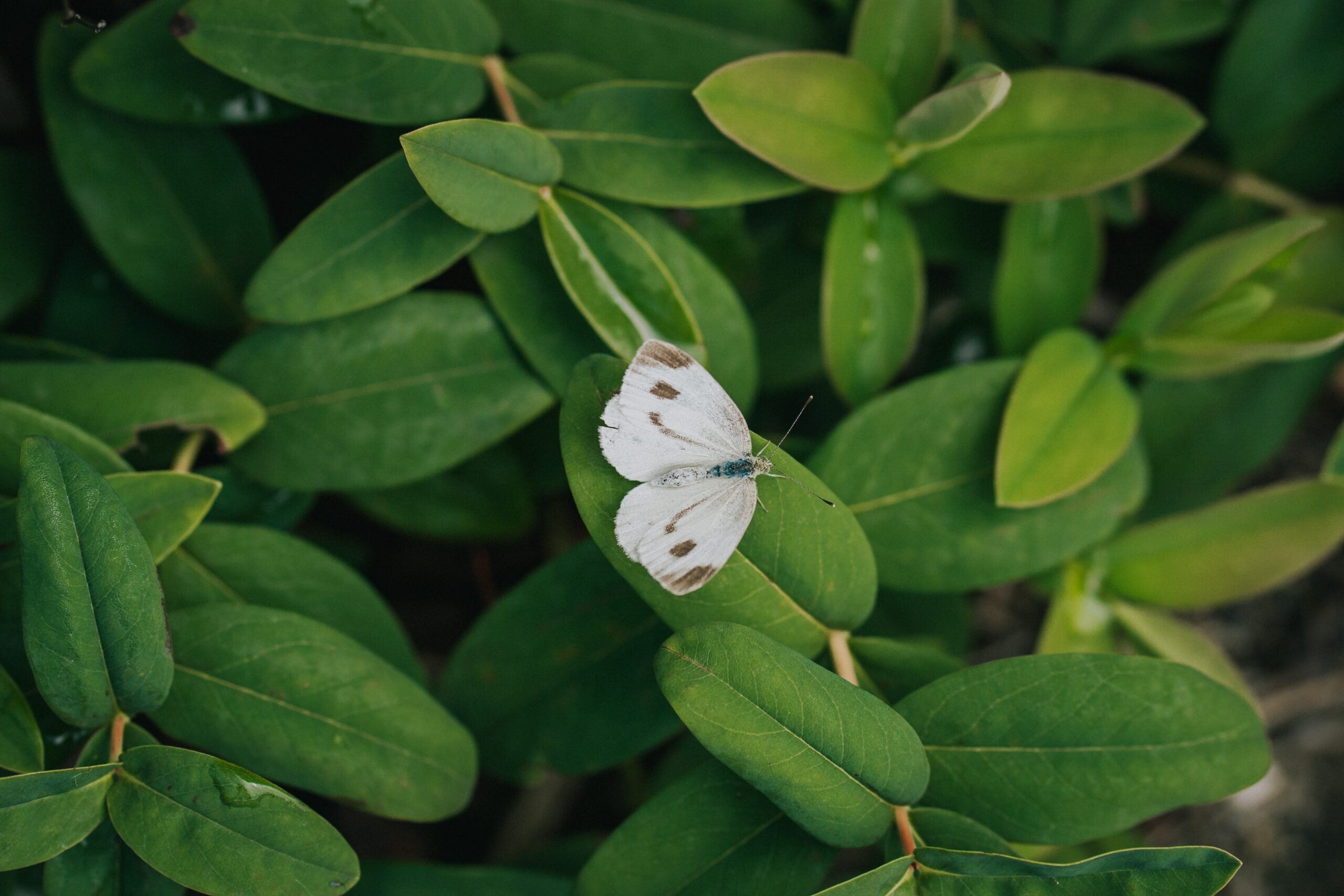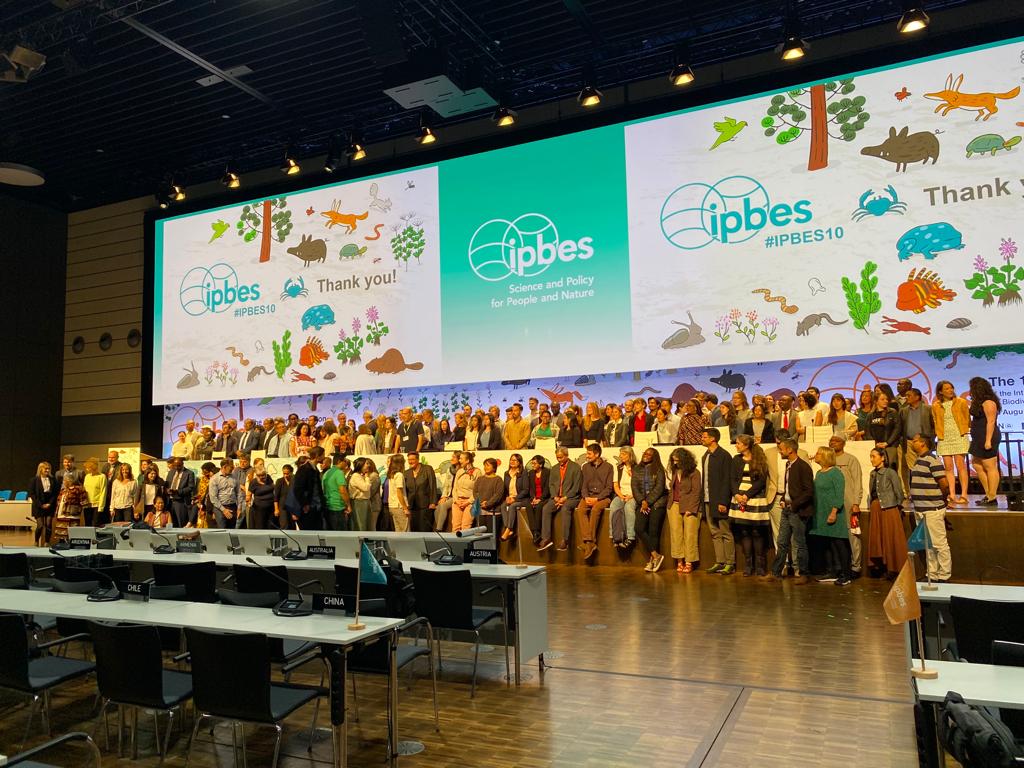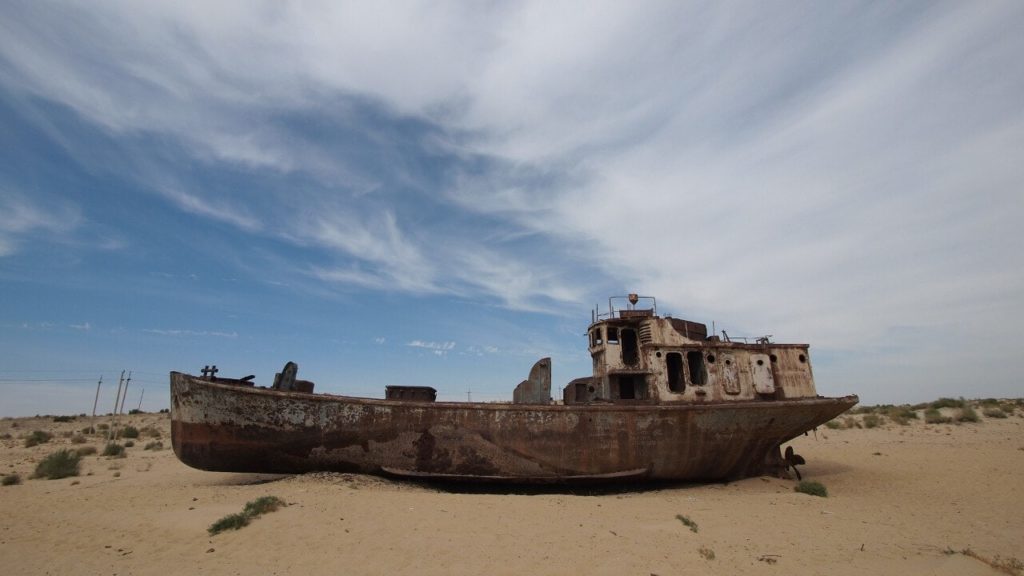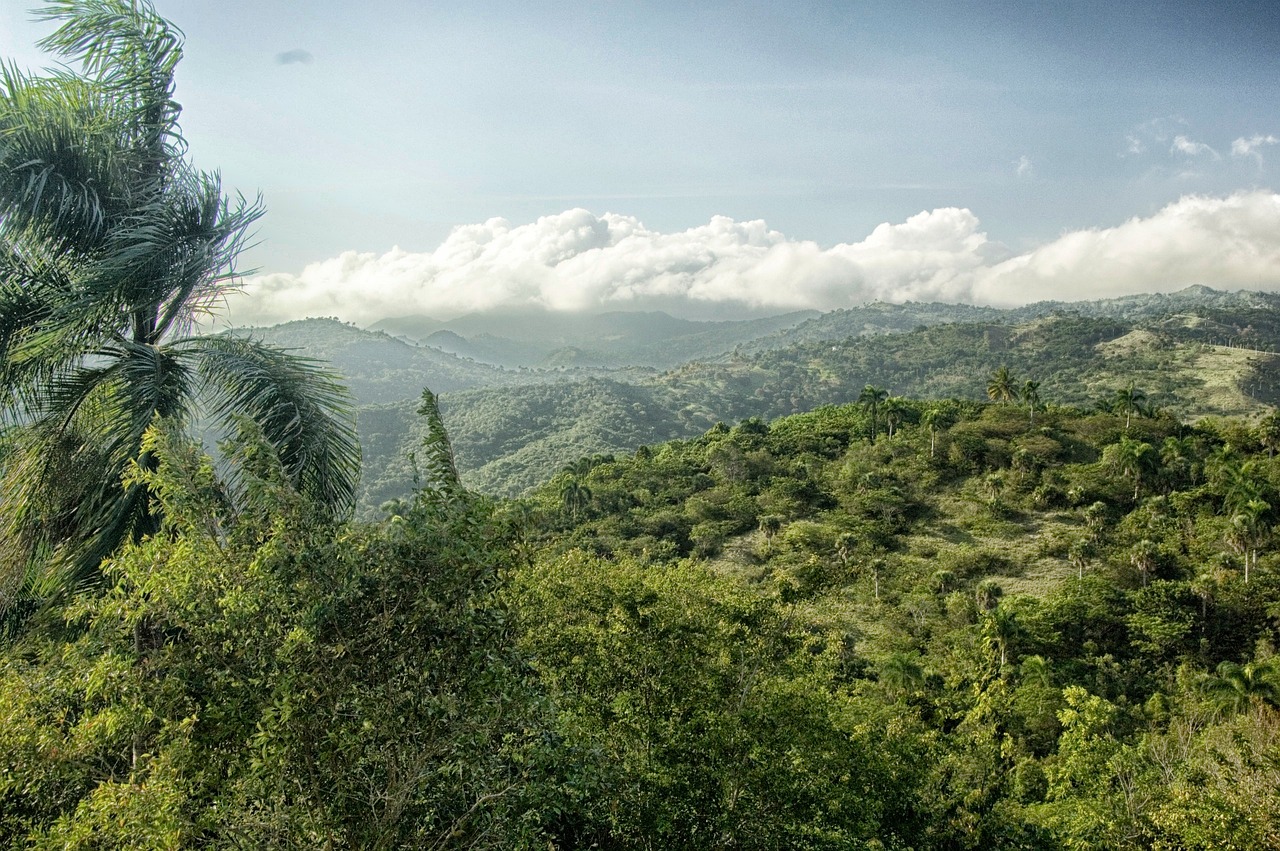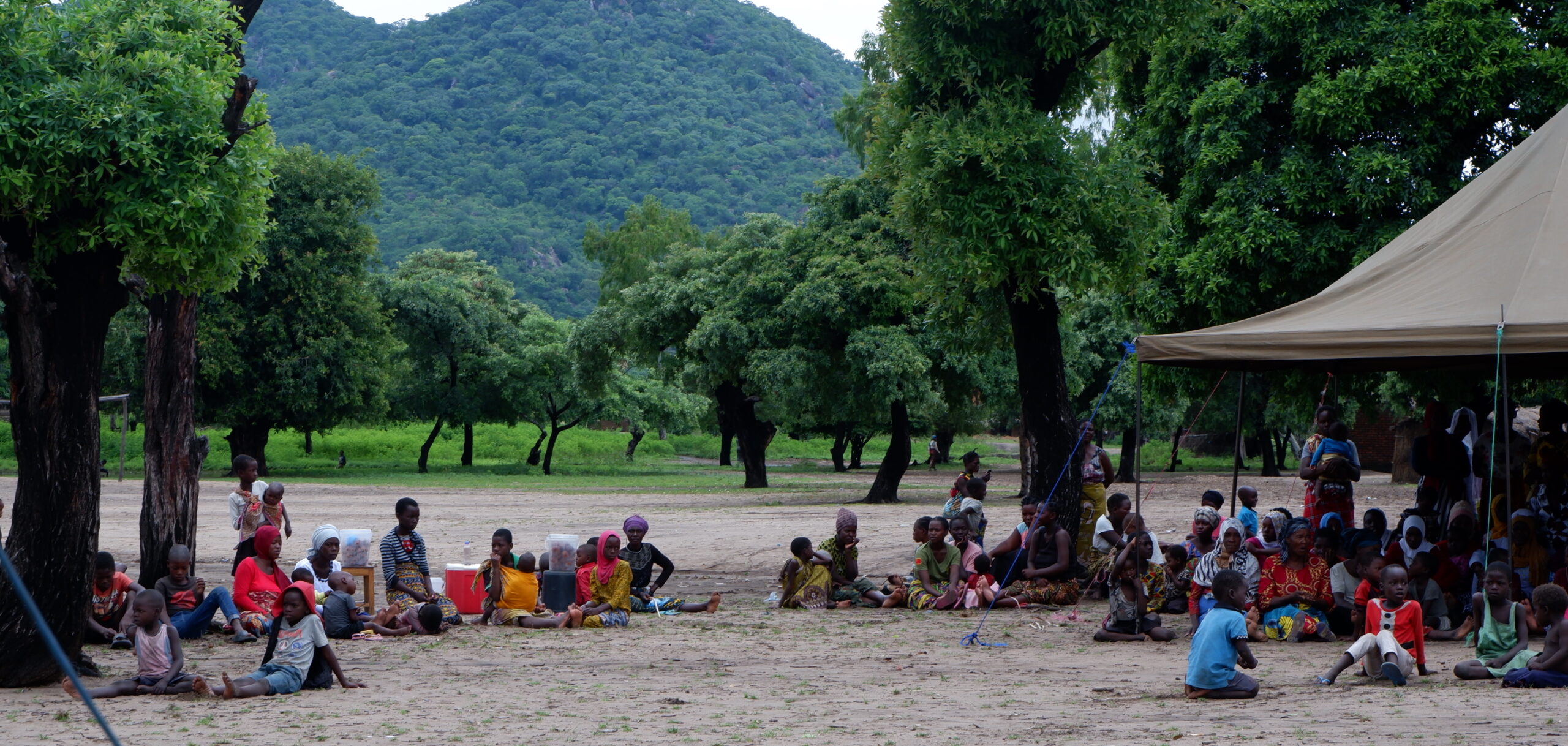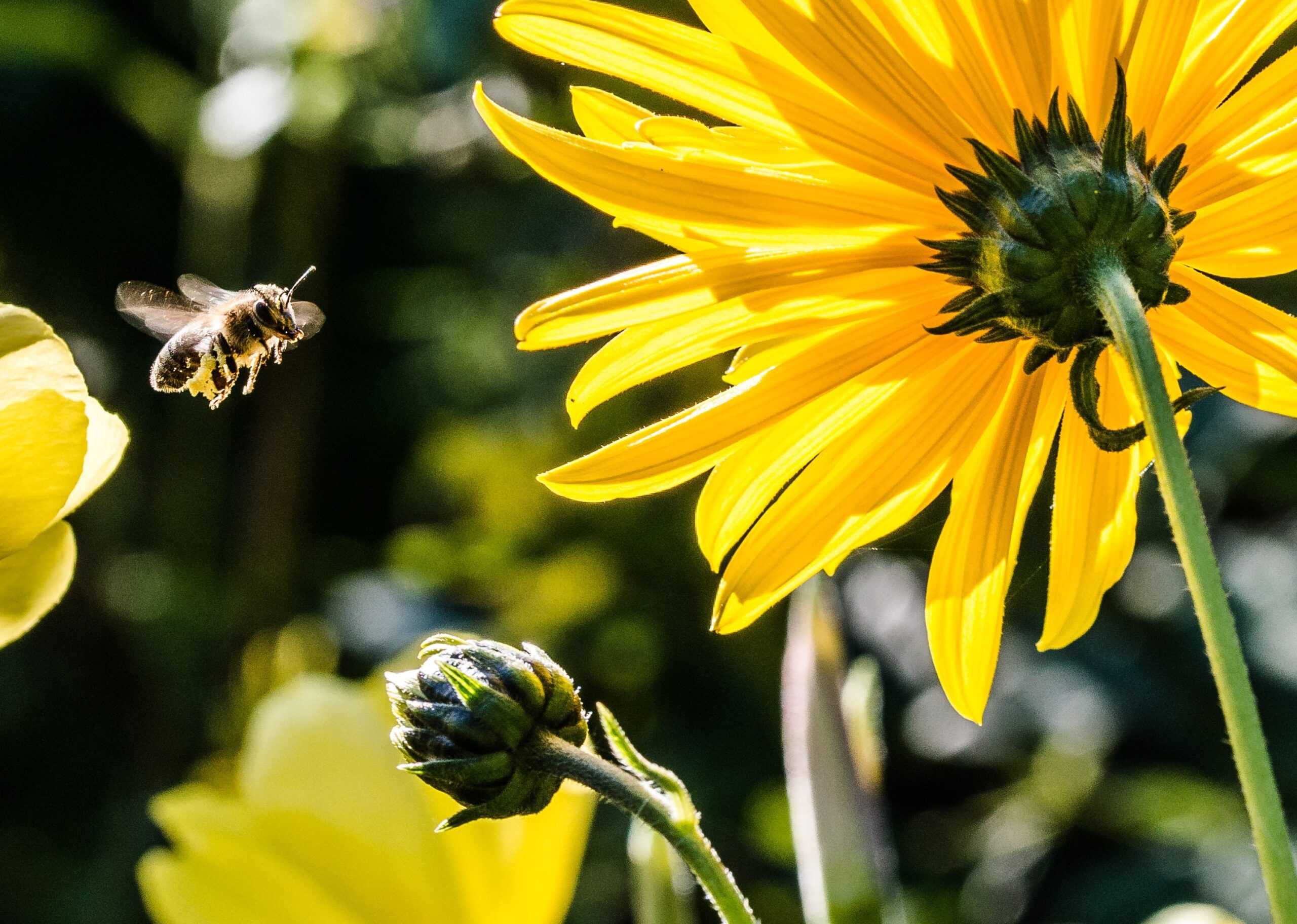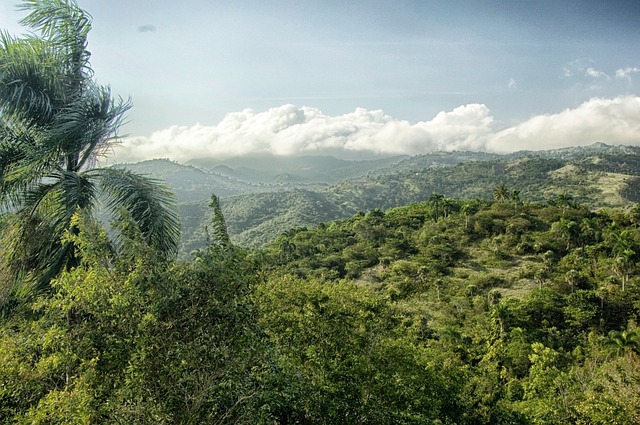Expert Corner: Andrew Chibuzor Iloh on the Grassroots Approach to Biodiversity Conservation
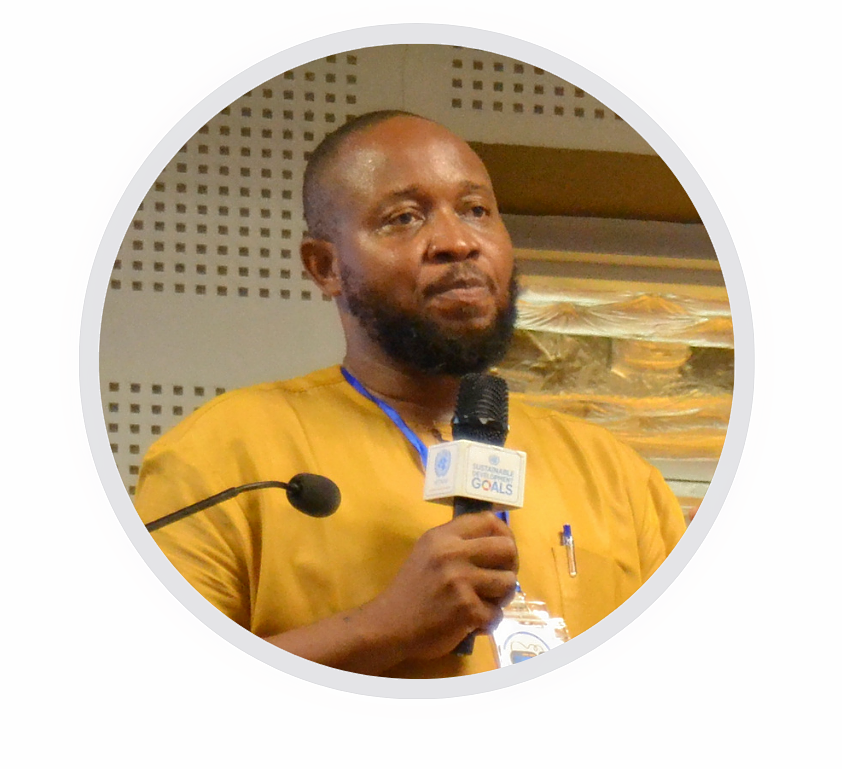
Andrew Chibuzor Iloh, Director of the Biodiversity Education and Resource Centre in Nigeria
Andrew Chibuzor Iloh, Director of the Biodiversity Education and Resource Centre in Nigeria
In this Expert Corner interview, we sit down with Andrew Chibuzor Iloh, Director of the Biodiversity Education and Resource Centre in Nigeria.
This interview is part of our special coverage of the BES Solution Fund Trialogue, held in Hanoi from 4 to 6 October 2023.
In your vision for a world where biodiversity is thriving, what is one little thing that each of us can do to achieve the vision?
The One Health policy – I think that gives everybody what we can do: either you're going to protect the environment, you're going to protect animal life, or ourselves. And they are all interconnected. So, everyone should choose one aspect of the One Health approach and I think the world will be a better place.
What is one key lesson learned from the implementation of the BES Solution Fund in your country and how can it inform future initiatives?
BES-Net has given us the opportunity to have a bottom-top approach, which is perfect. We find ourselves working deep down in the community where actual biodiversity losses are actually taking place. Yes, the policies are good. But the policies need to trickle down to the rural community. BES-Net has offered people like us the opportunity to do that work – from bottom to top.
How do you see that the BES Solution Fund fosters collaboration among all the different stakeholders that are involved?
The work I did with BES-Net with regards to developing a pollinator guide and DNA barcodes for pollinators – these are excellent tools that we can take further for capacity-building and research. Now, we have DNA data for our pollinators. It could go further by doing more research and more conservation. We should consolidate on the achievements, the success stories, that BES-Net has done over this funding period.
Image captions
 Image 1
Image 1Photo by Kamal Sadiq Adam on Unsplash
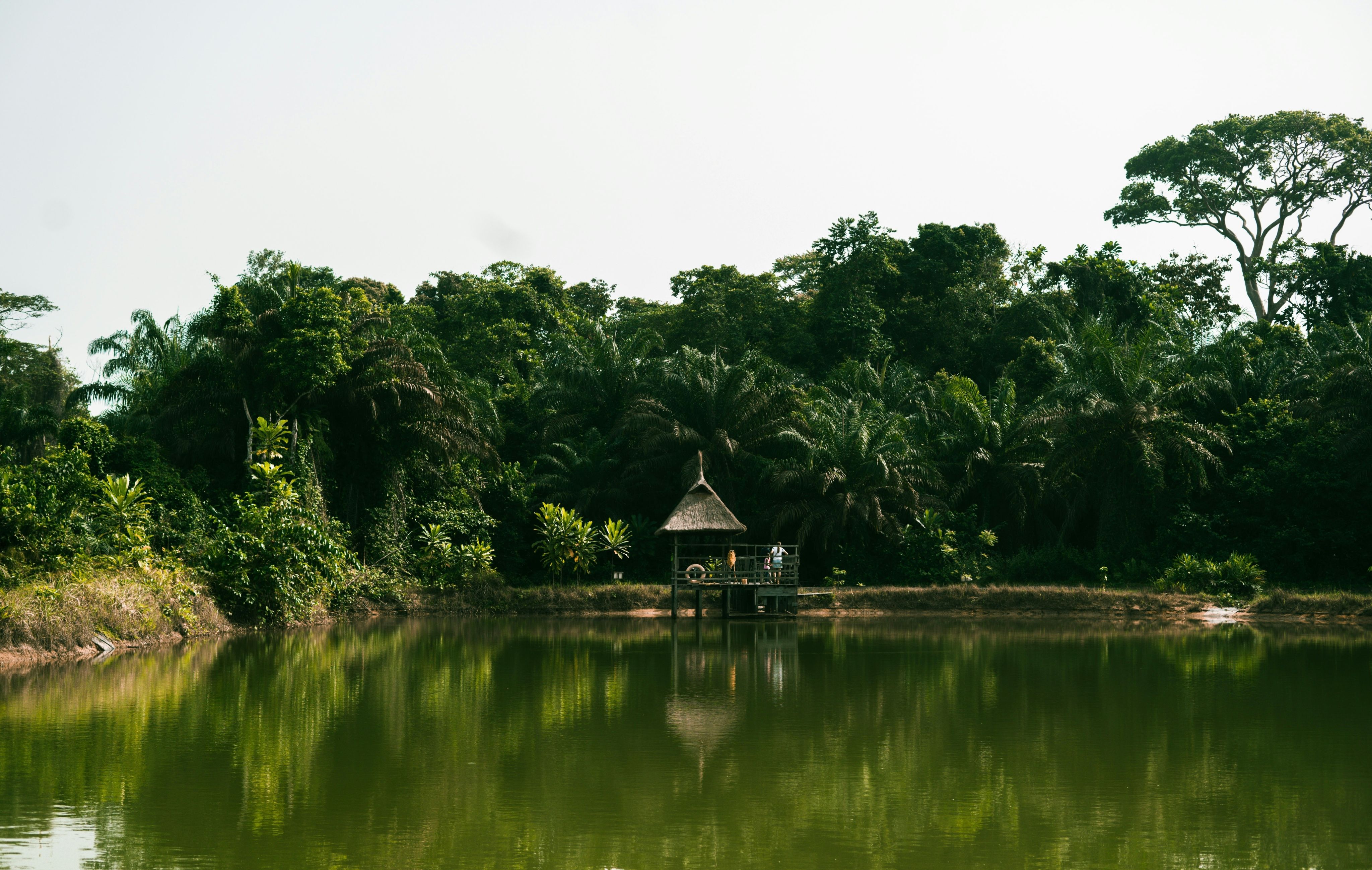 Image 2
Image 2Photo by Samson Idowu on Unsplash

Photo by Kamal Sadiq Adam on Unsplash
Photo by Kamal Sadiq Adam on Unsplash

Photo by Samson Idowu on Unsplash
Photo by Samson Idowu on Unsplash

Photo by Kamal Sadiq Adam on Unsplash
Photo by Kamal Sadiq Adam on Unsplash

Photo by Samson Idowu on Unsplash
Photo by Samson Idowu on Unsplash
In your vision for a world where biodiversity is thriving, what is one little thing that each of us can do to achieve the vision?
The One Health policy – I think that gives everybody what we can do: either you're going to protect the environment, you're going to protect animal life, or ourselves. And they are all interconnected. So, everyone should choose one aspect of the One Health approach and I think the world will be a better place.

Photo by Kamal Sadiq Adam on Unsplash
What is one key lesson learned from the implementation of the BES Solution Fund in your country and how can it inform future initiatives?
BES-Net has given us the opportunity to have a bottom-top approach, which is perfect. We find ourselves working deep down in the community where actual biodiversity losses are actually taking place. Yes, the policies are good. But the policies need to trickle down to the rural community. BES-Net has offered people like us the opportunity to do that work – from bottom to top.

Photo by Samson Idowu on Unsplash
How do you see that the BES Solution Fund fosters collaboration among all the different stakeholders that are involved?
The work I did with BES-Net with regards to developing a pollinator guide and DNA barcodes for pollinators – these are excellent tools that we can take further for capacity-building and research. Now, we have DNA data for our pollinators. It could go further by doing more research and more conservation. We should consolidate on the achievements, the success stories, that BES-Net has done over this funding period.

